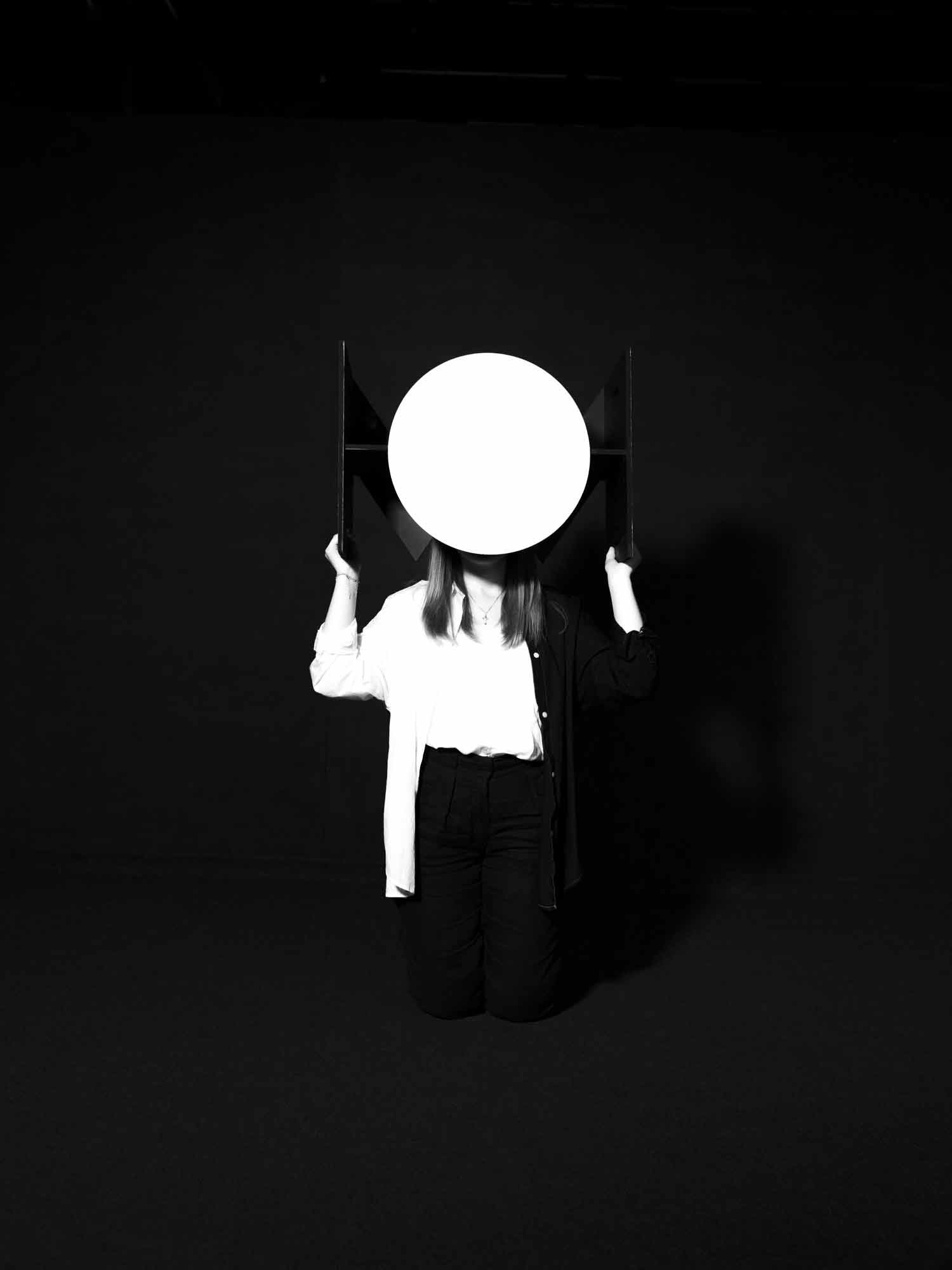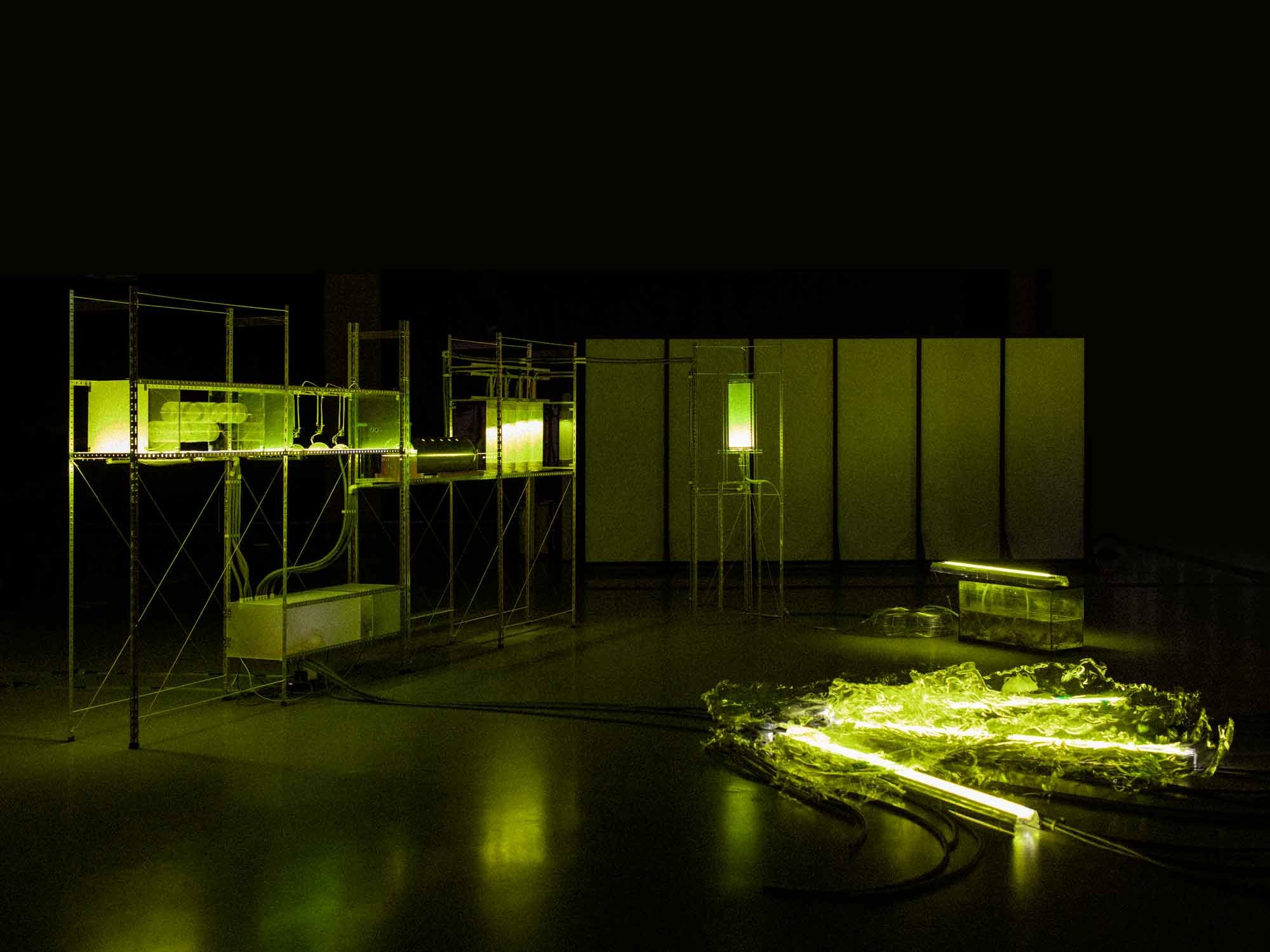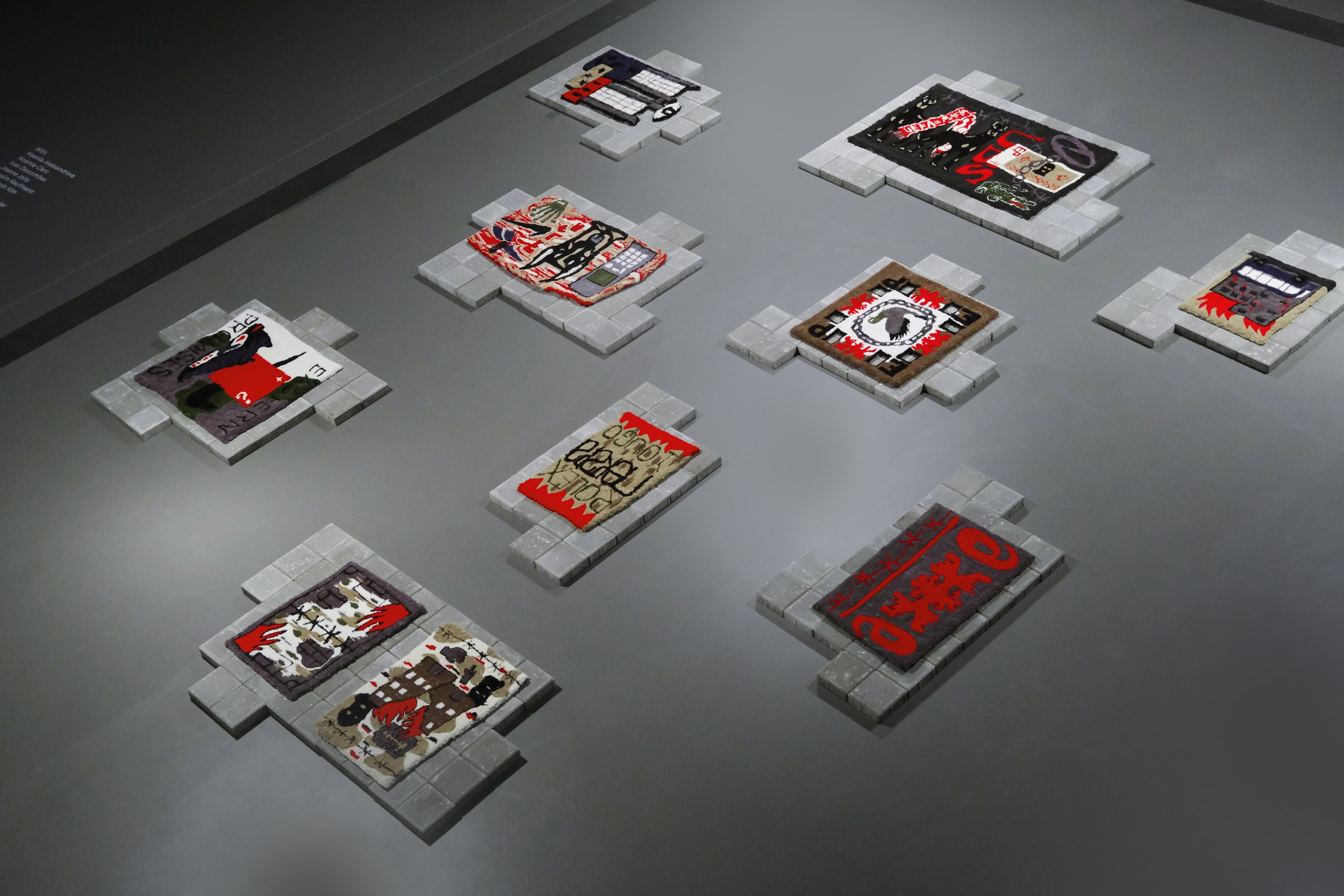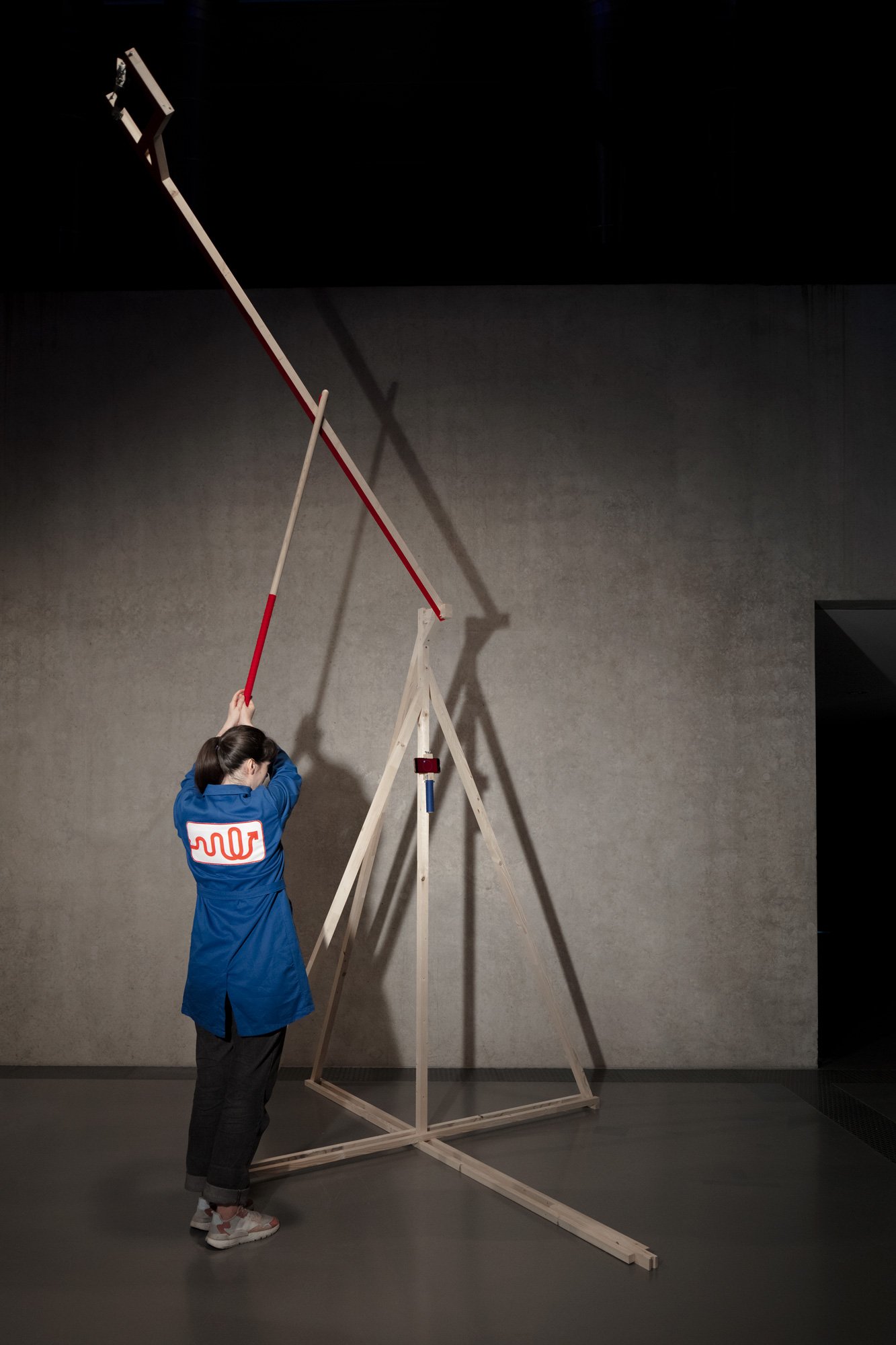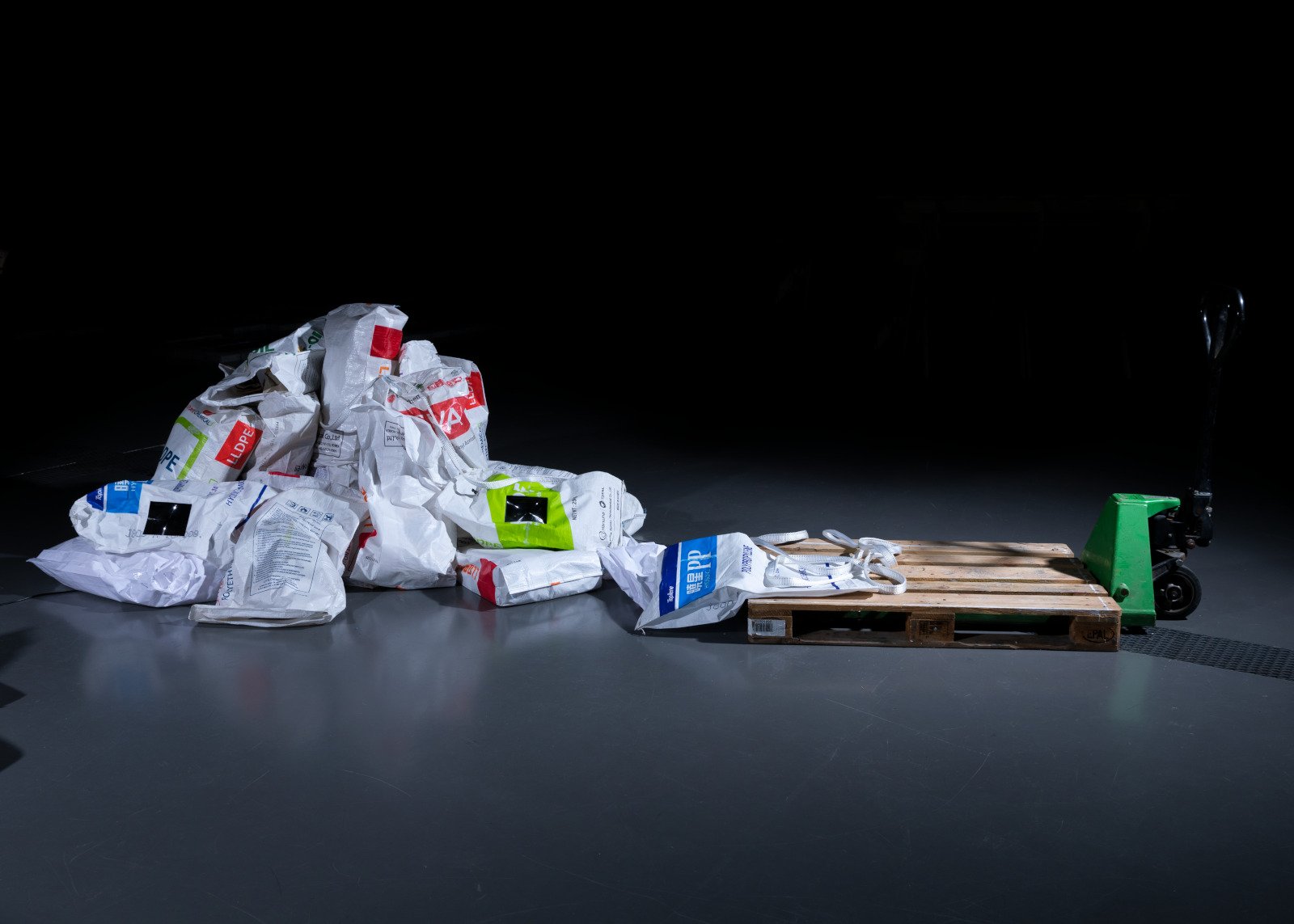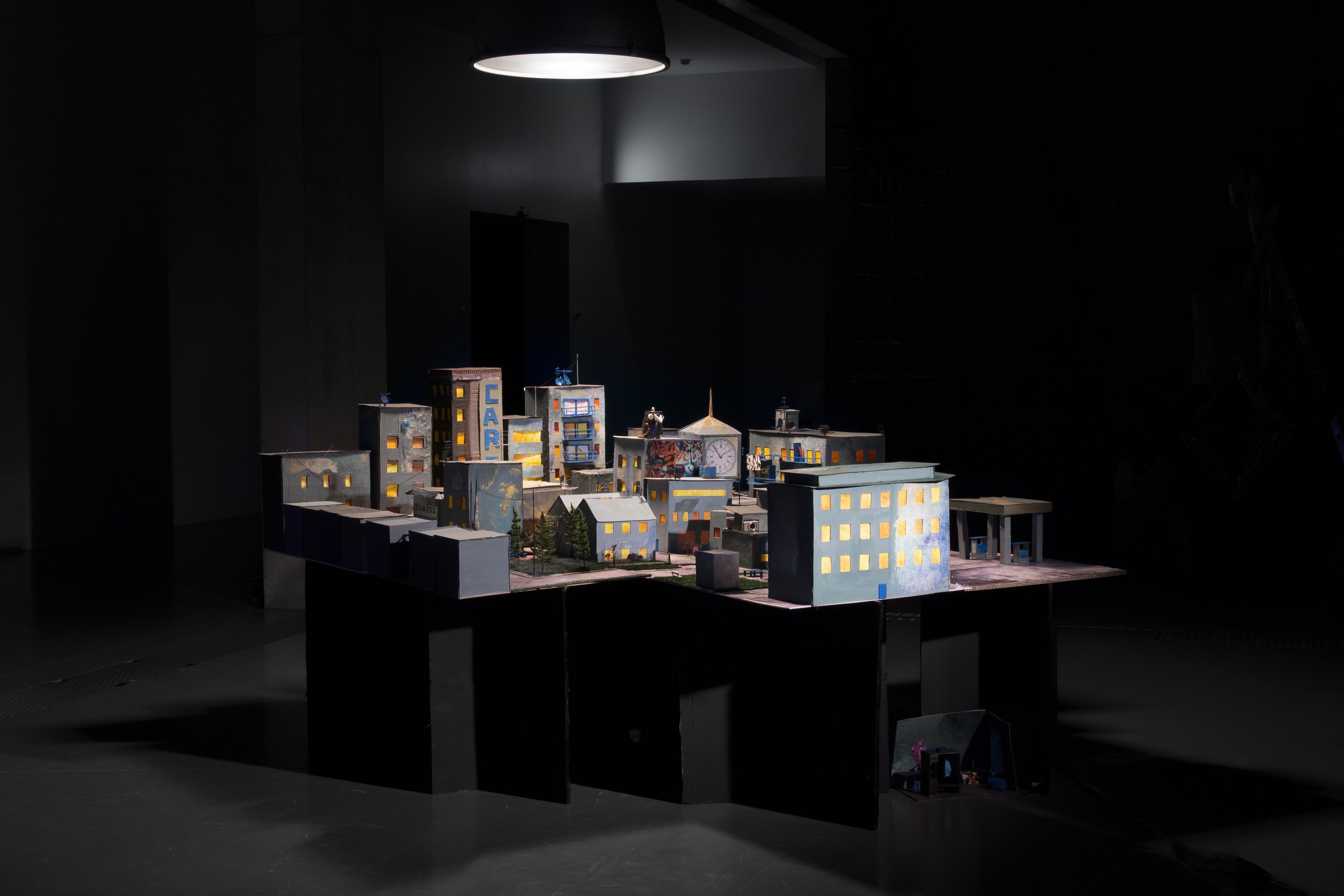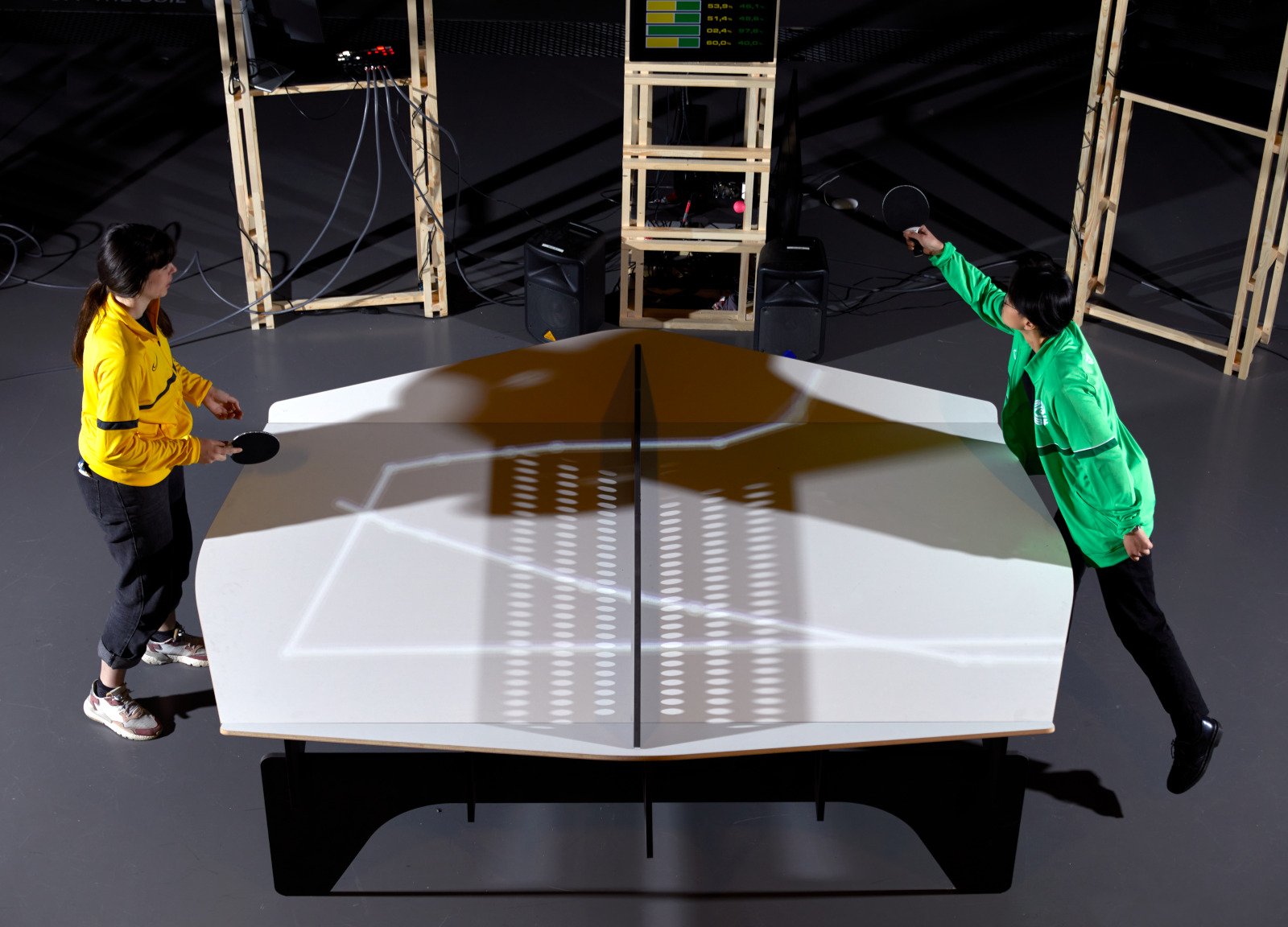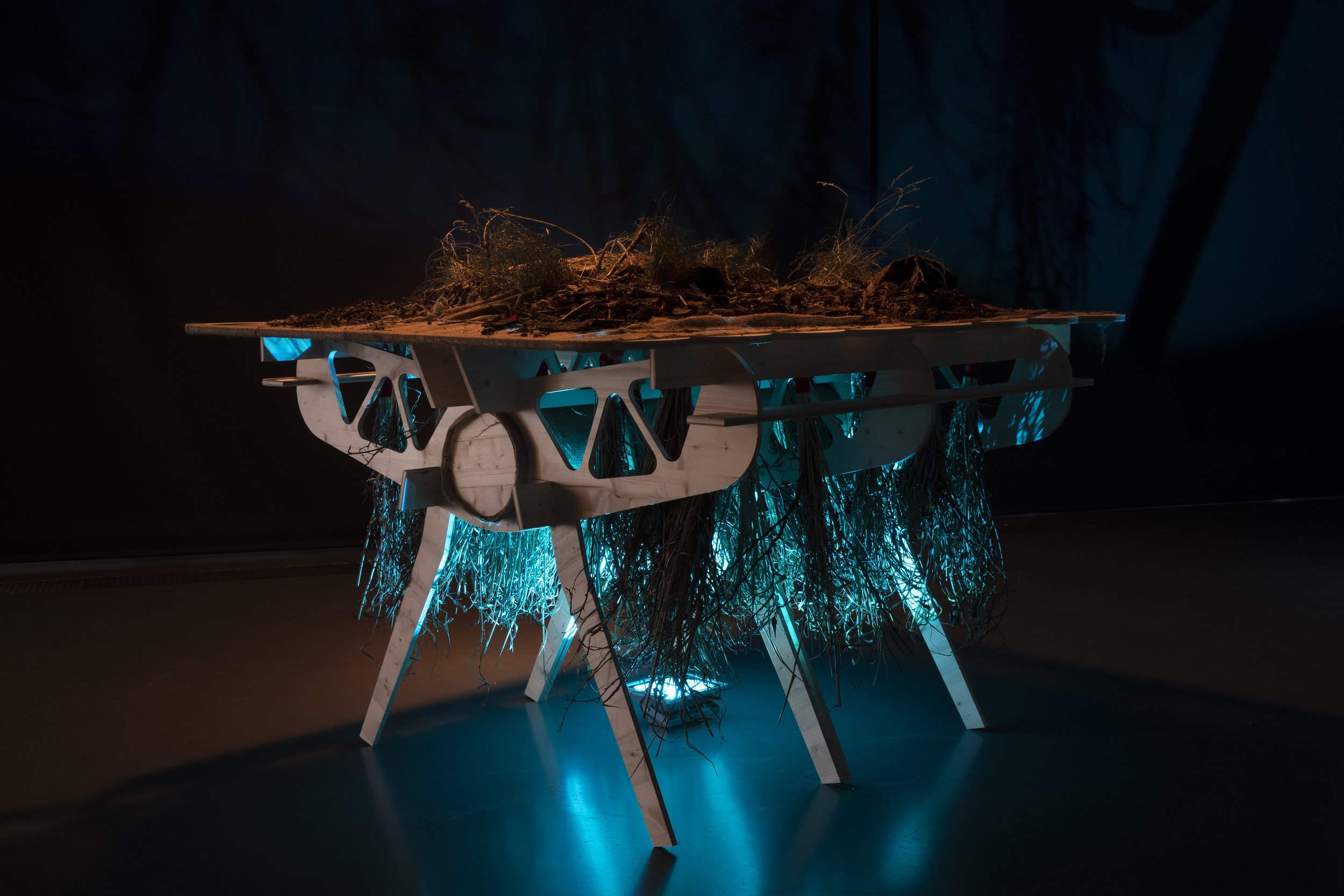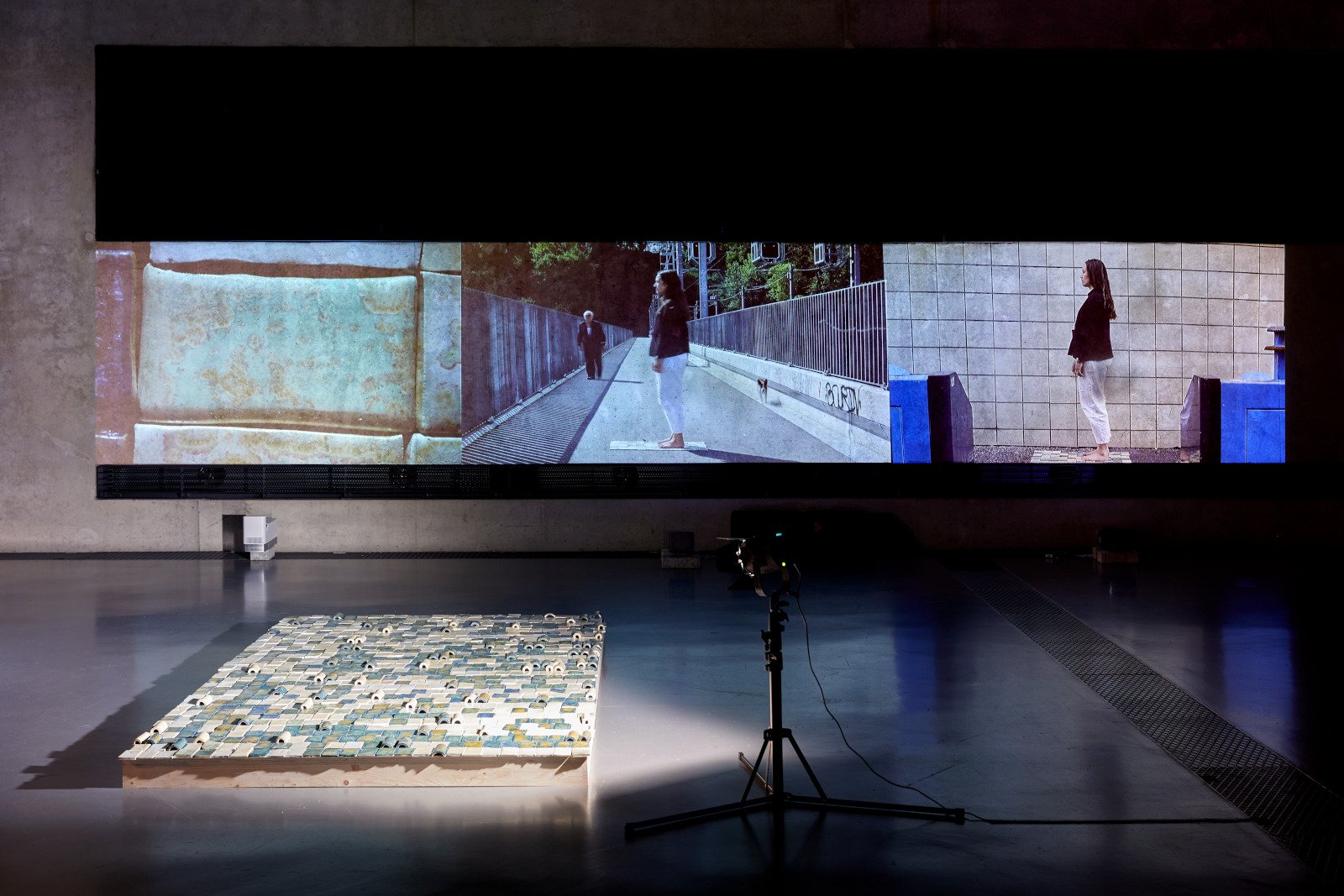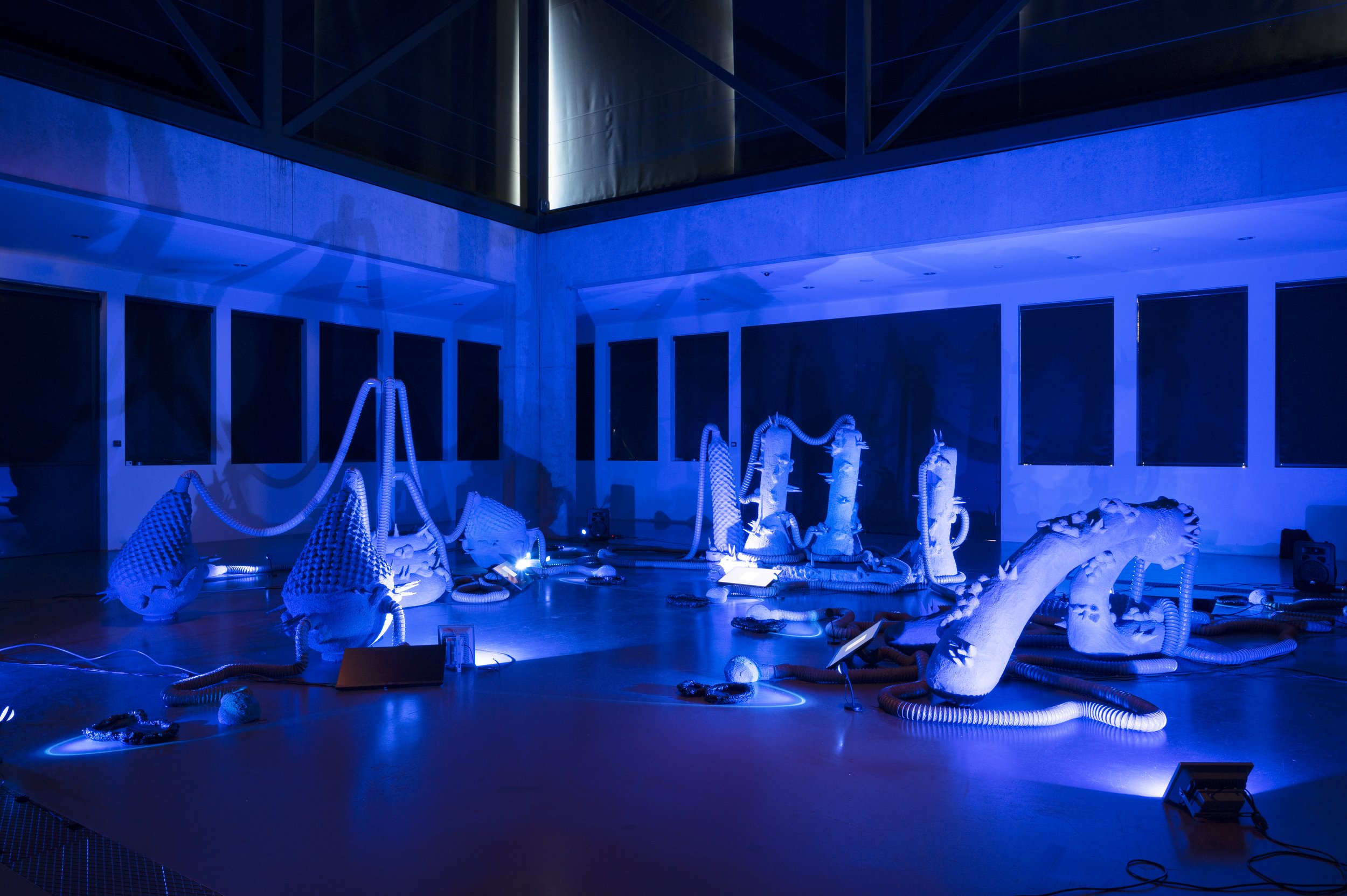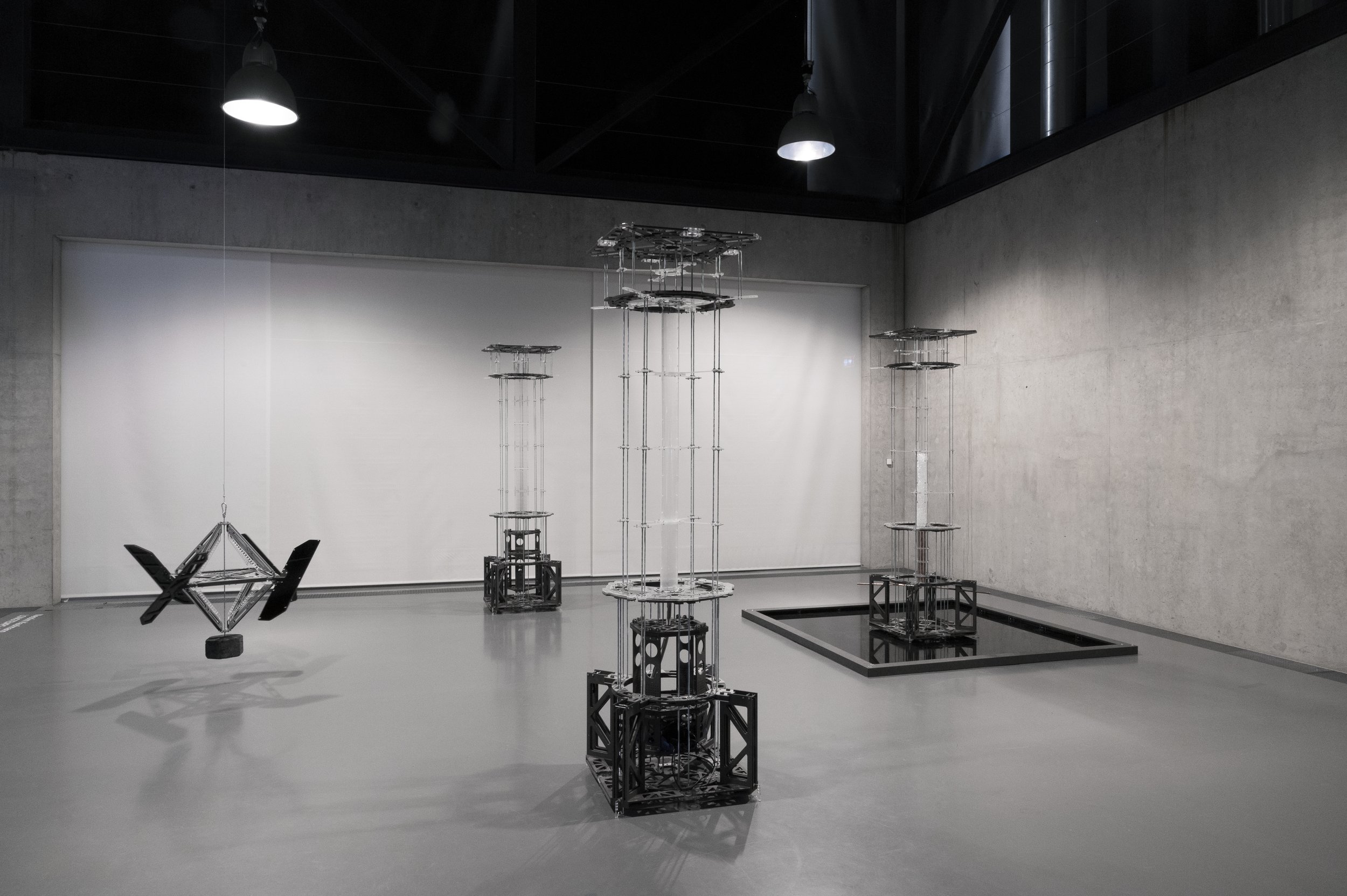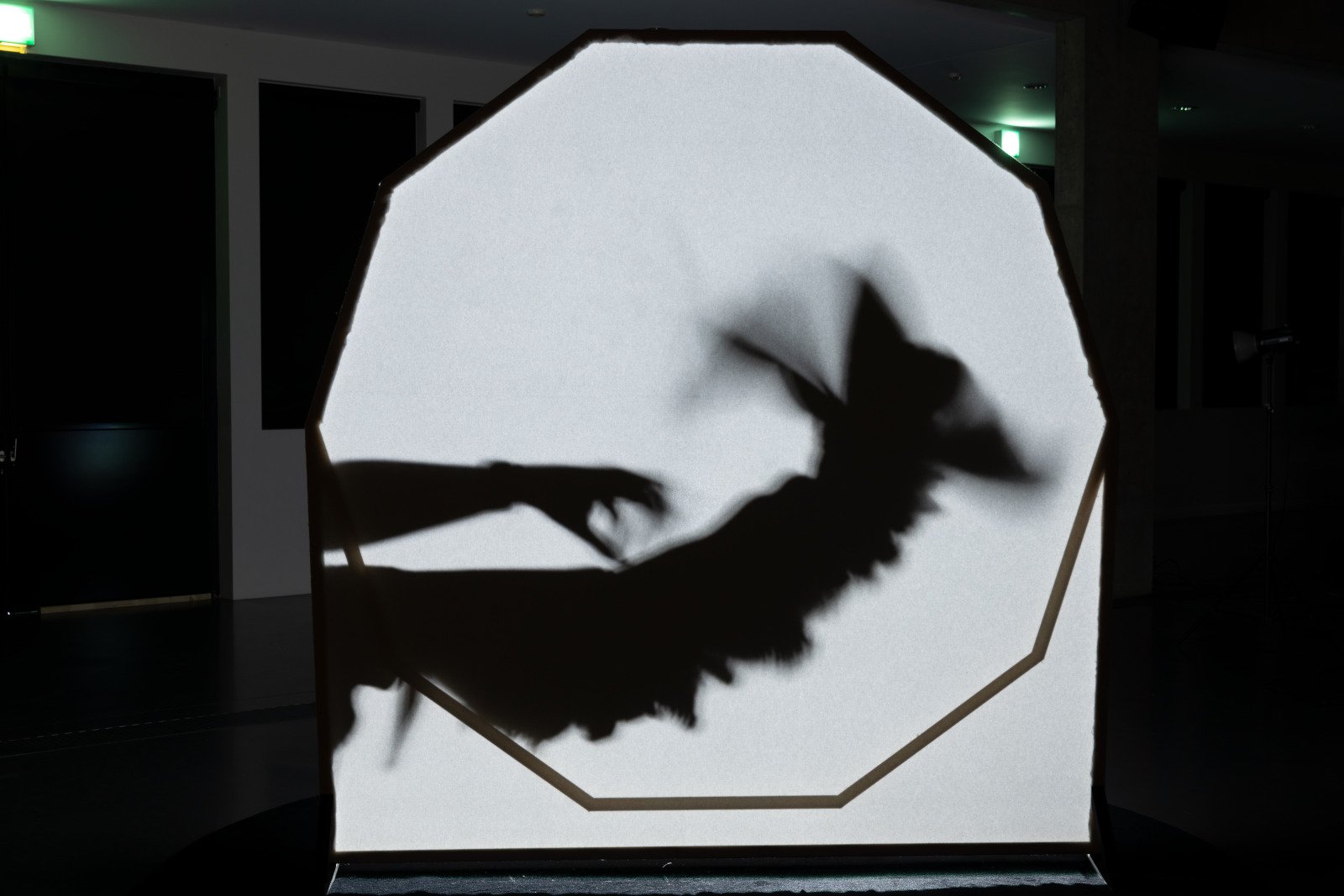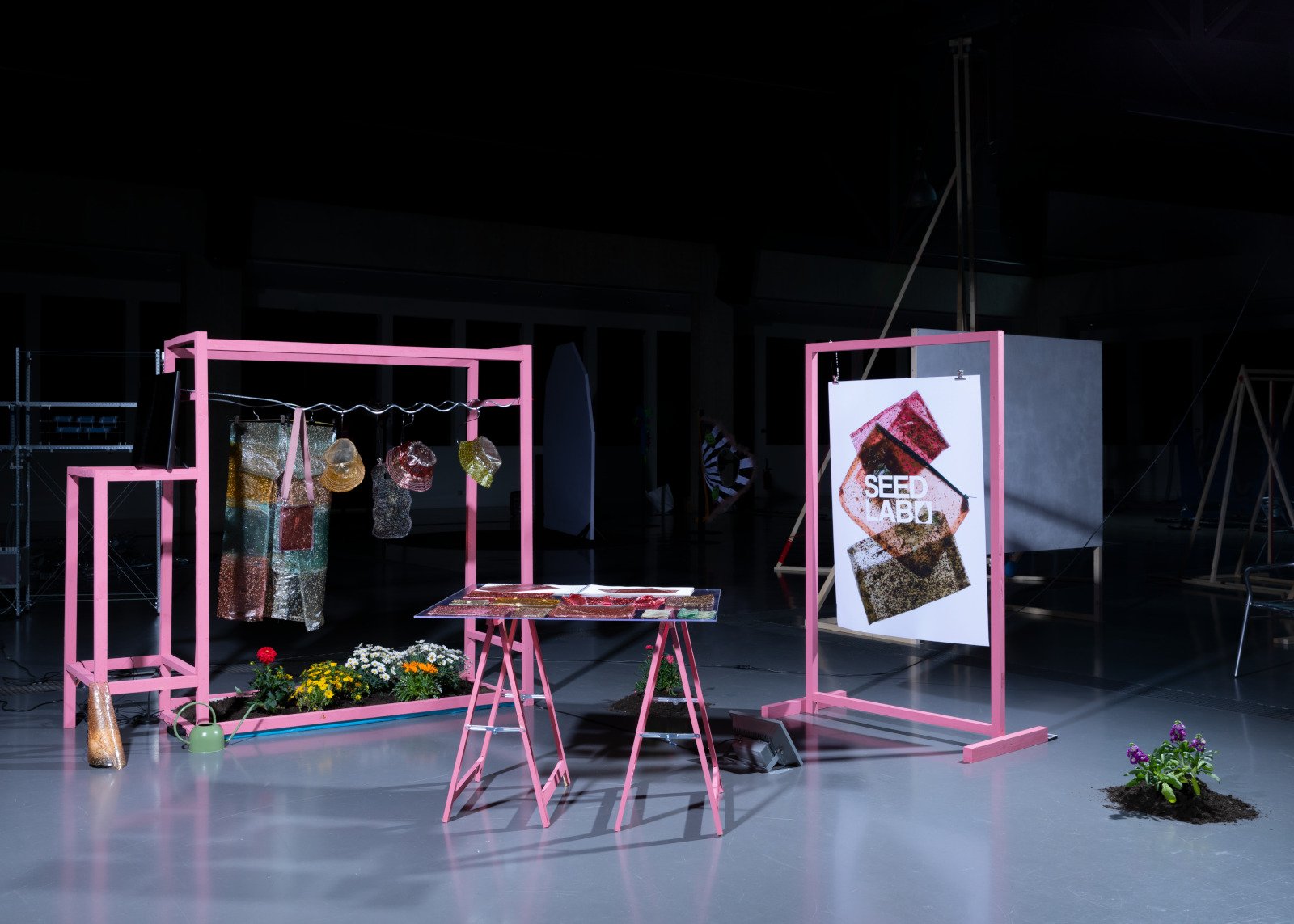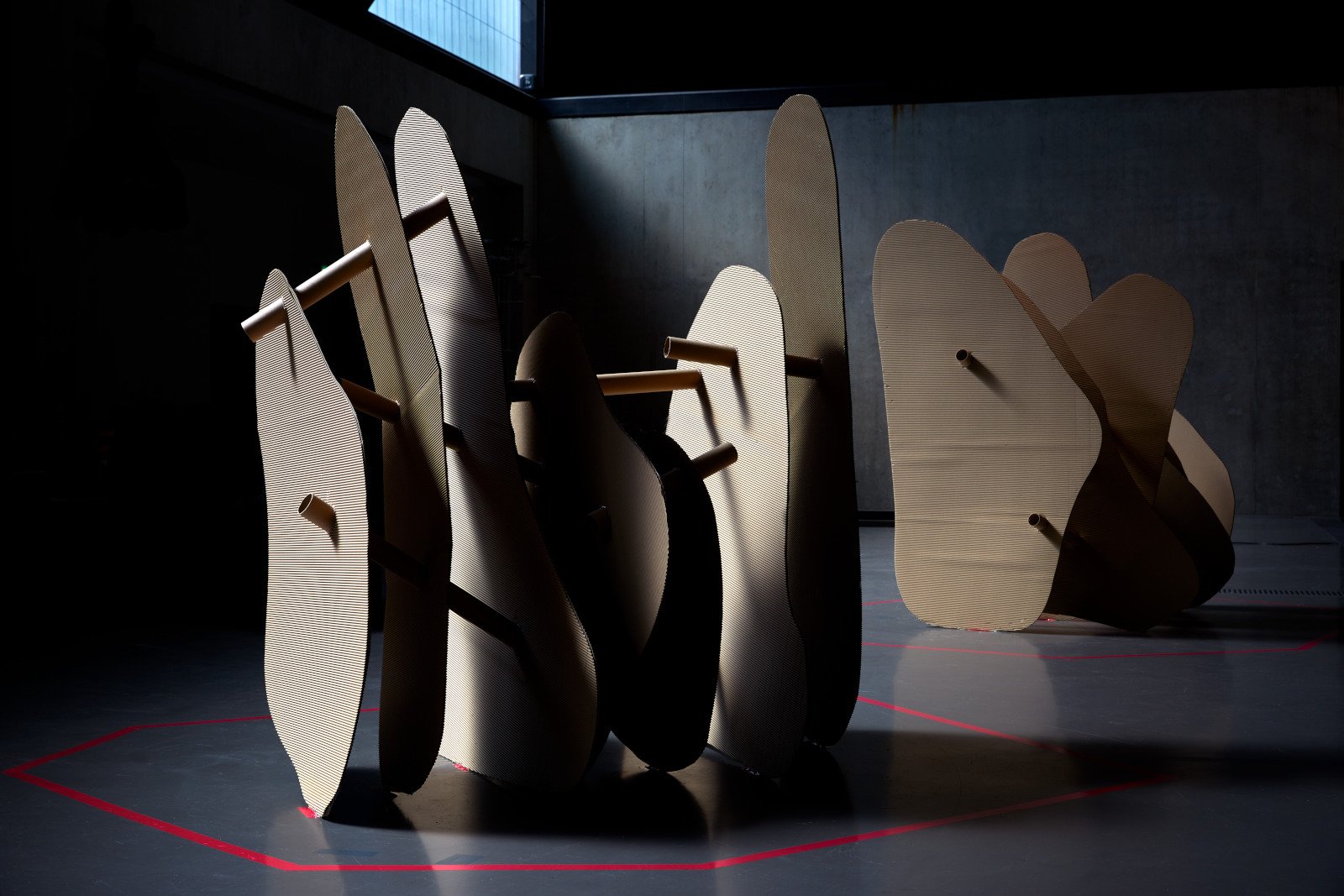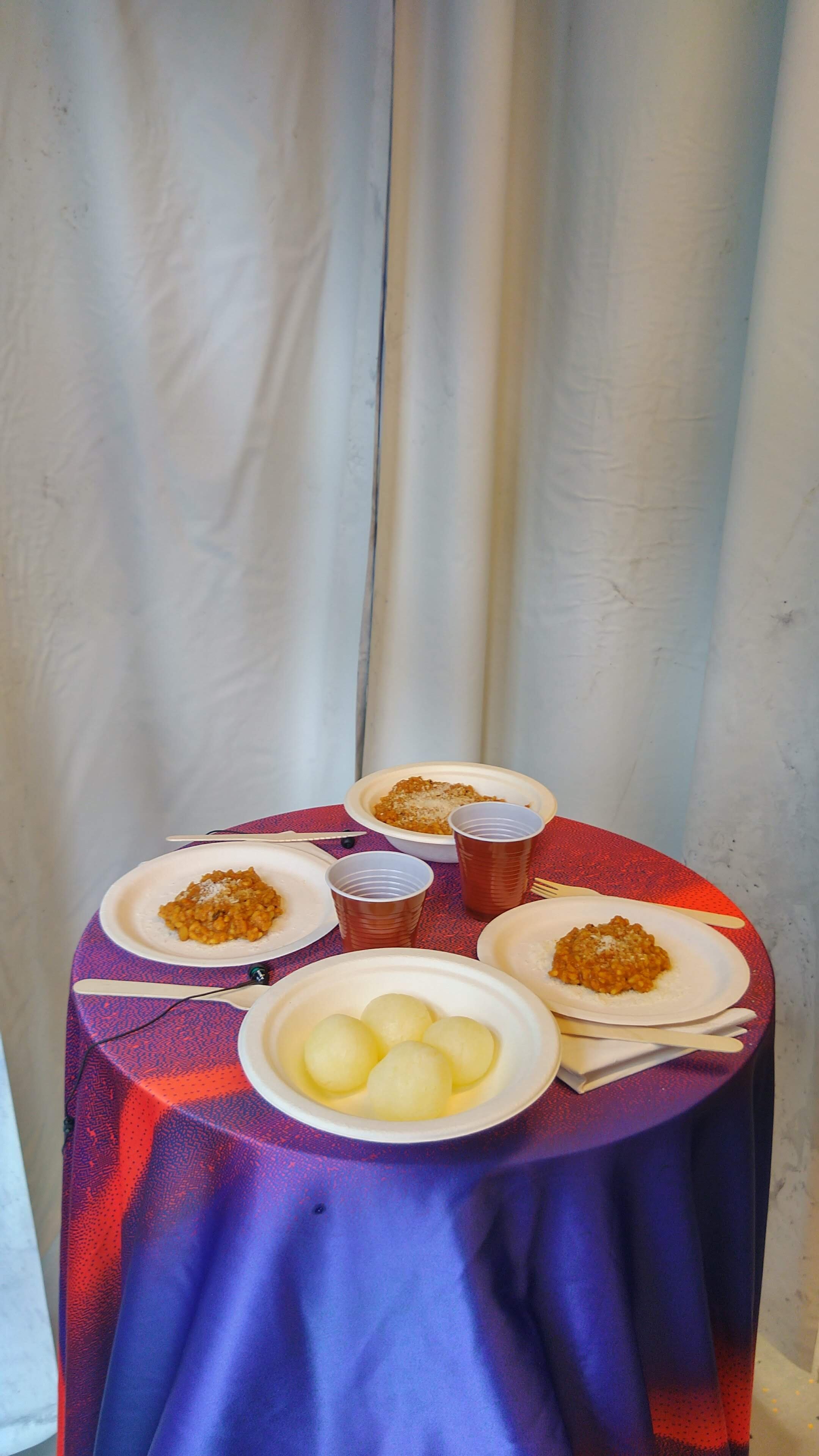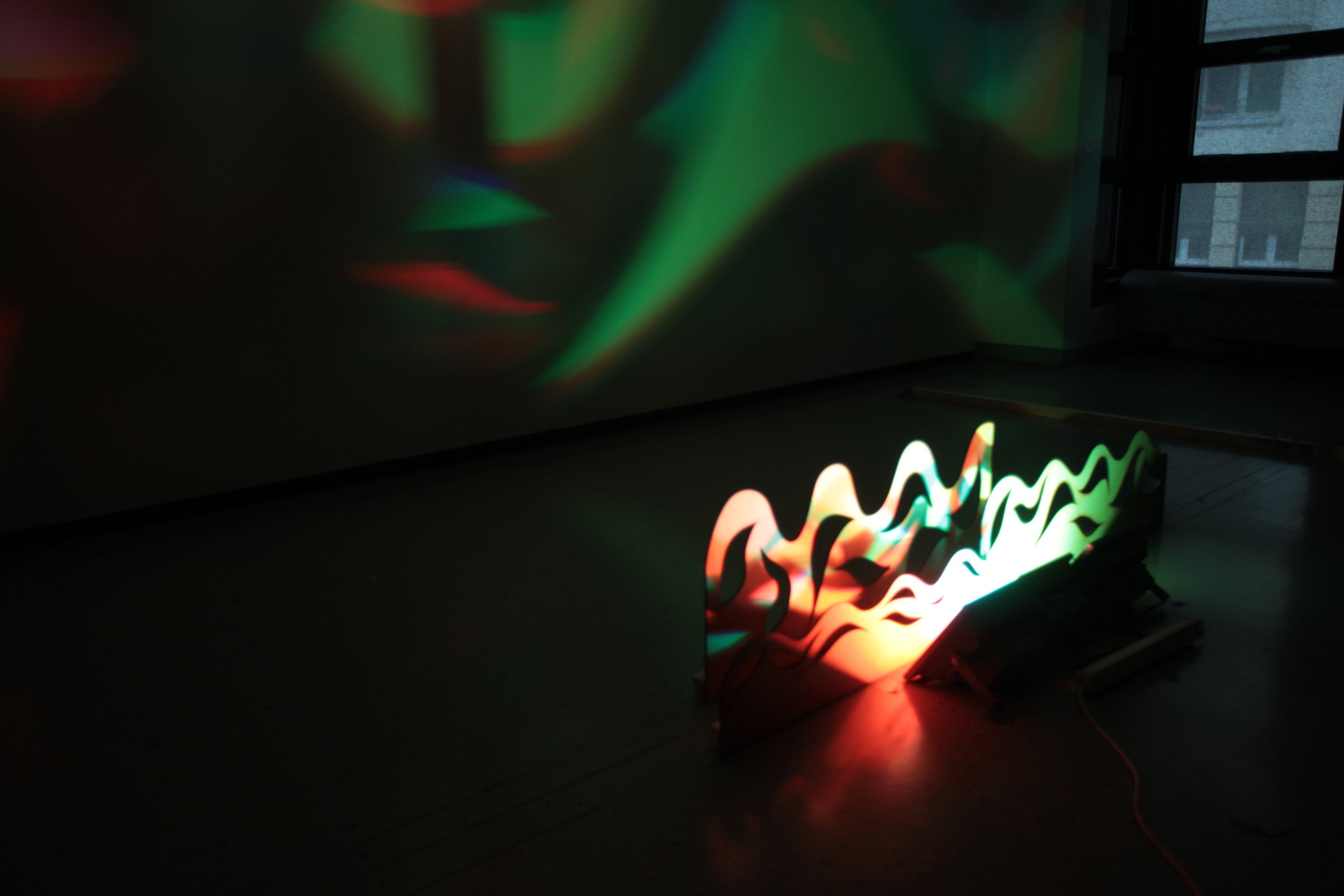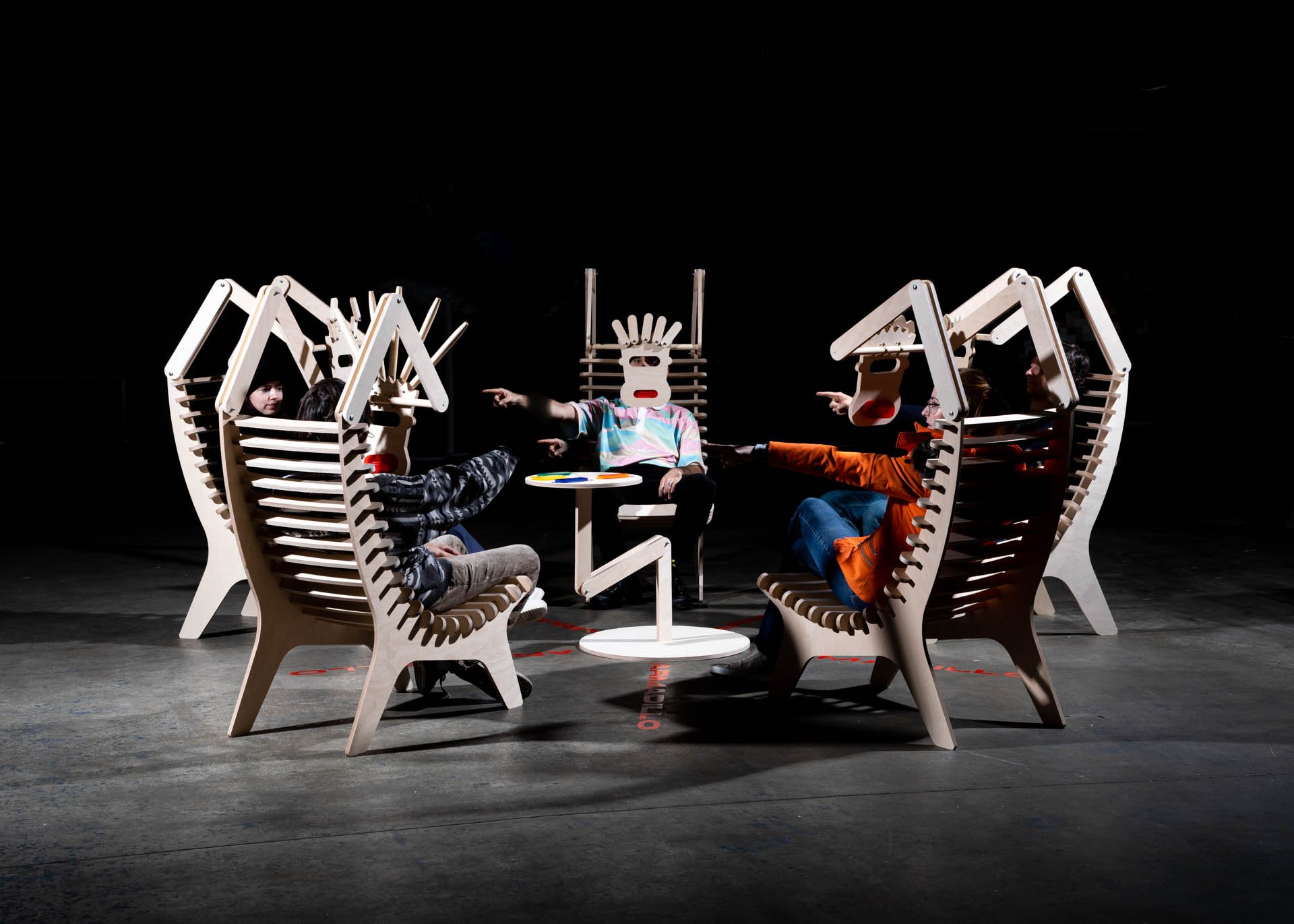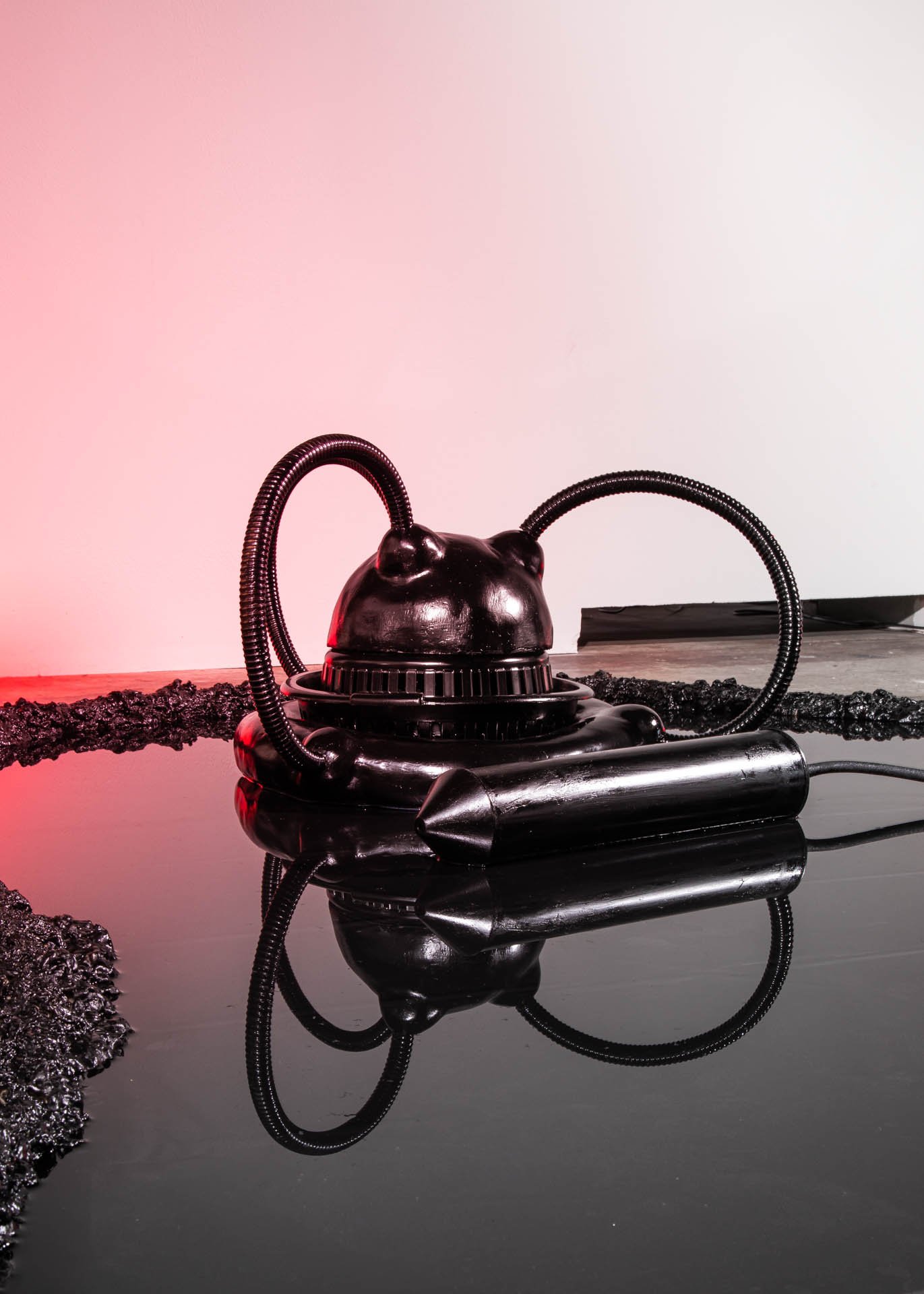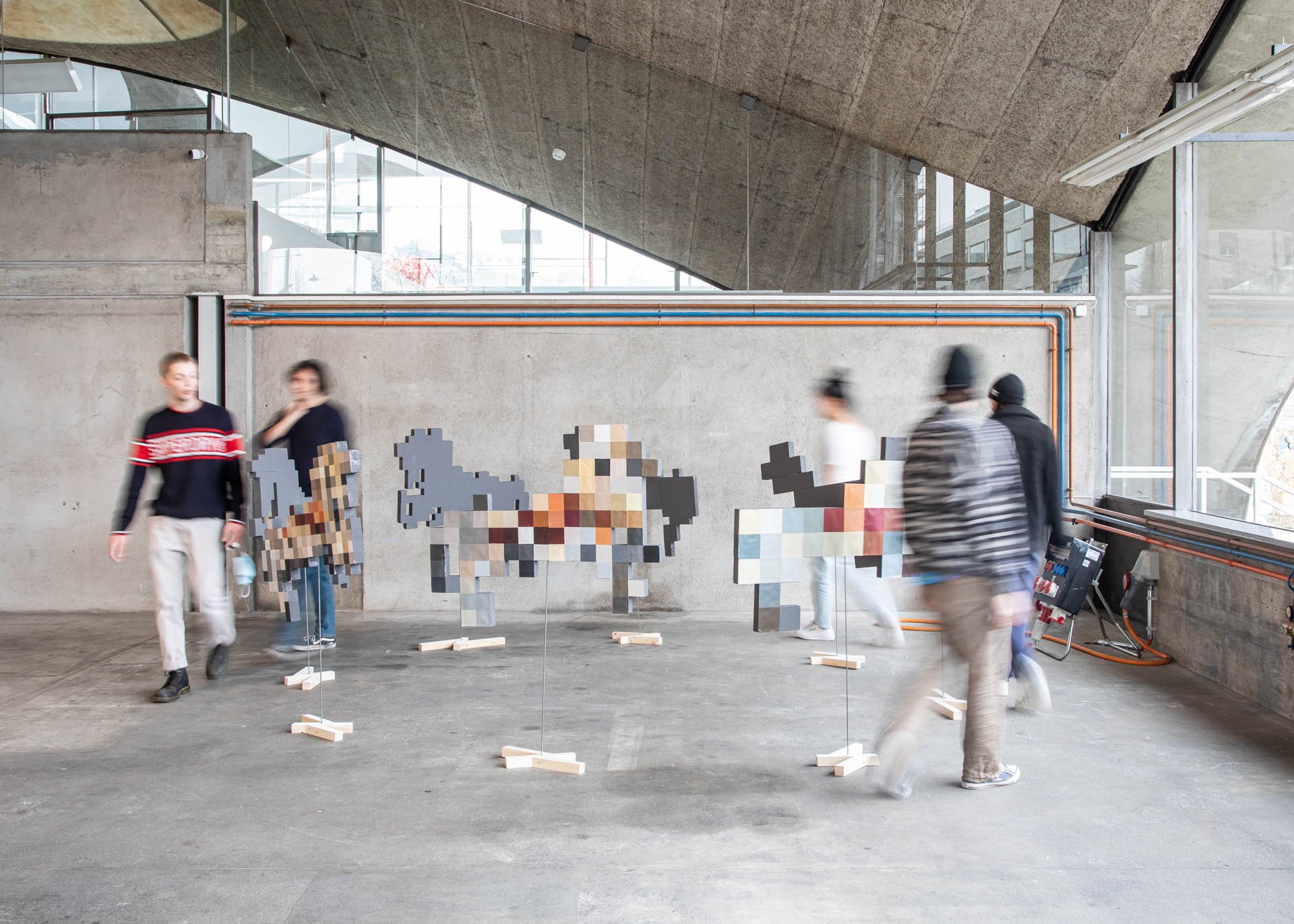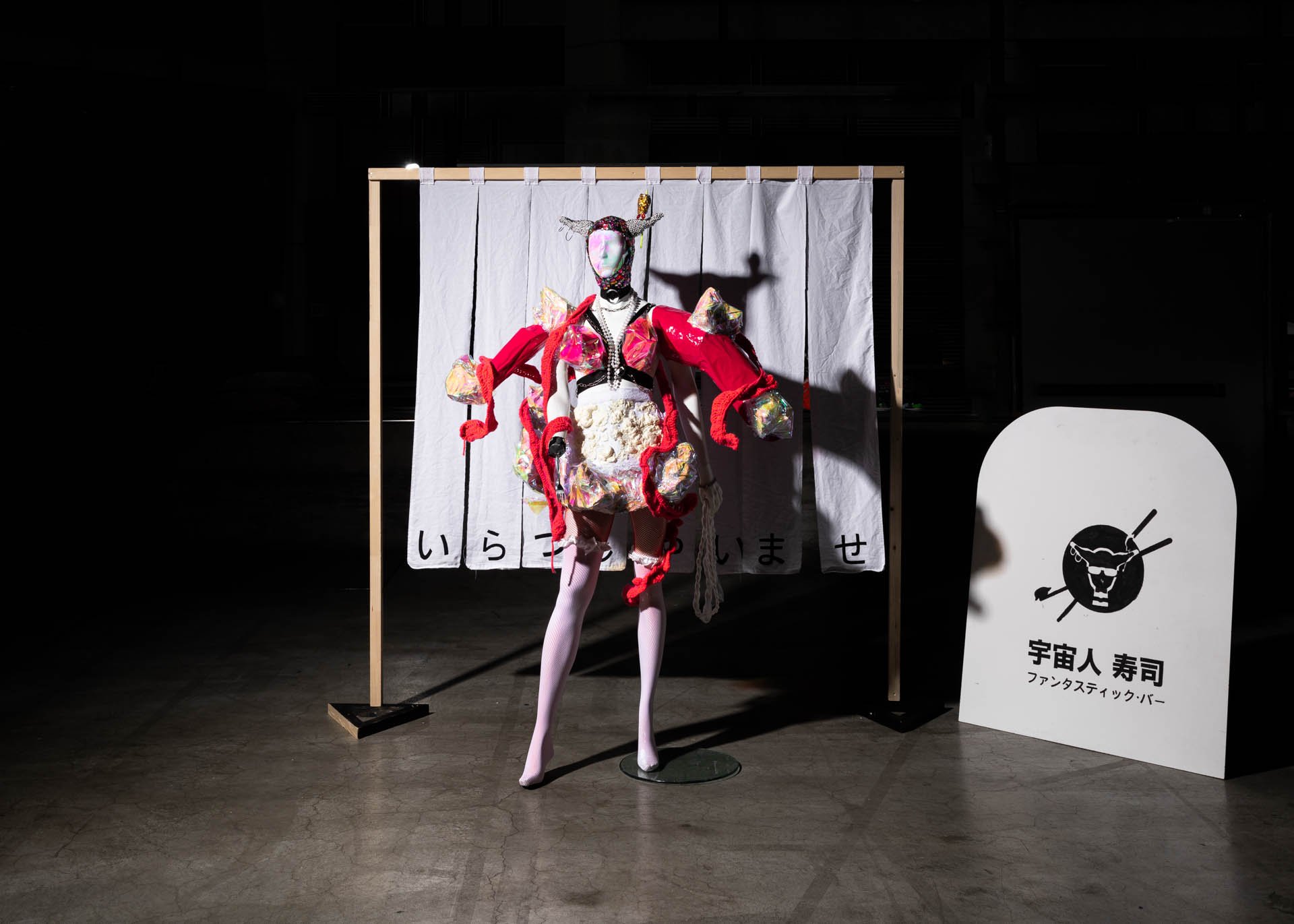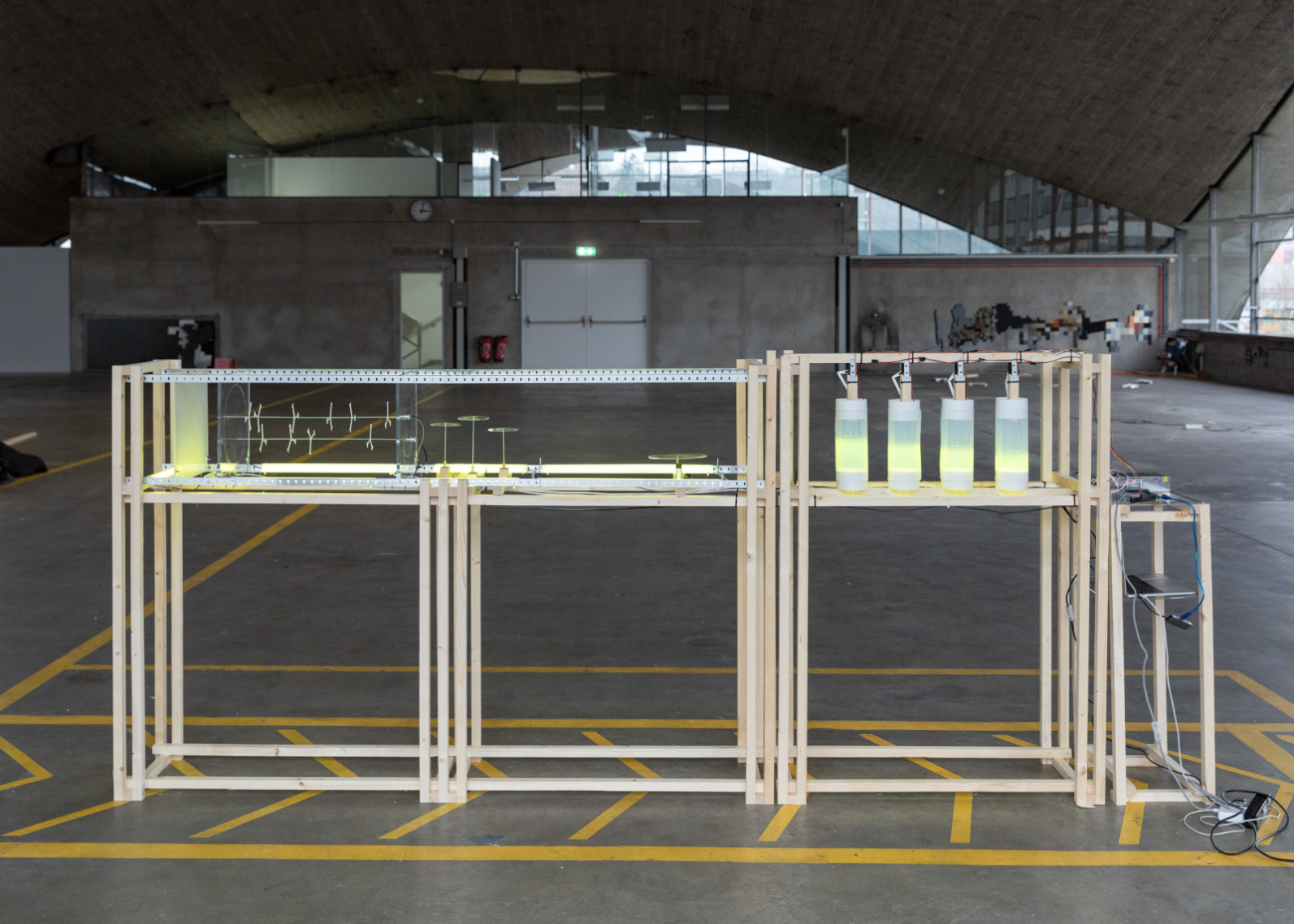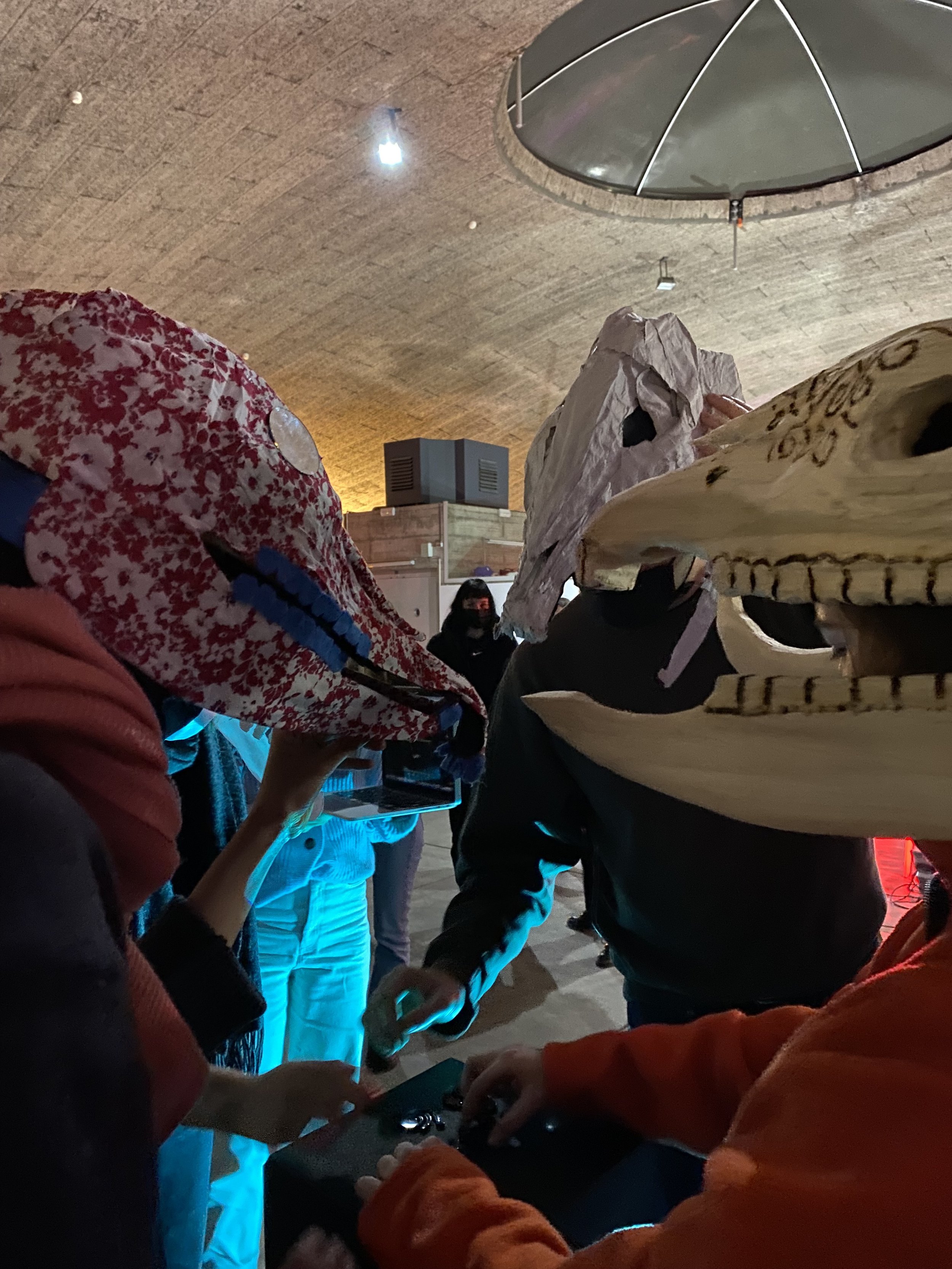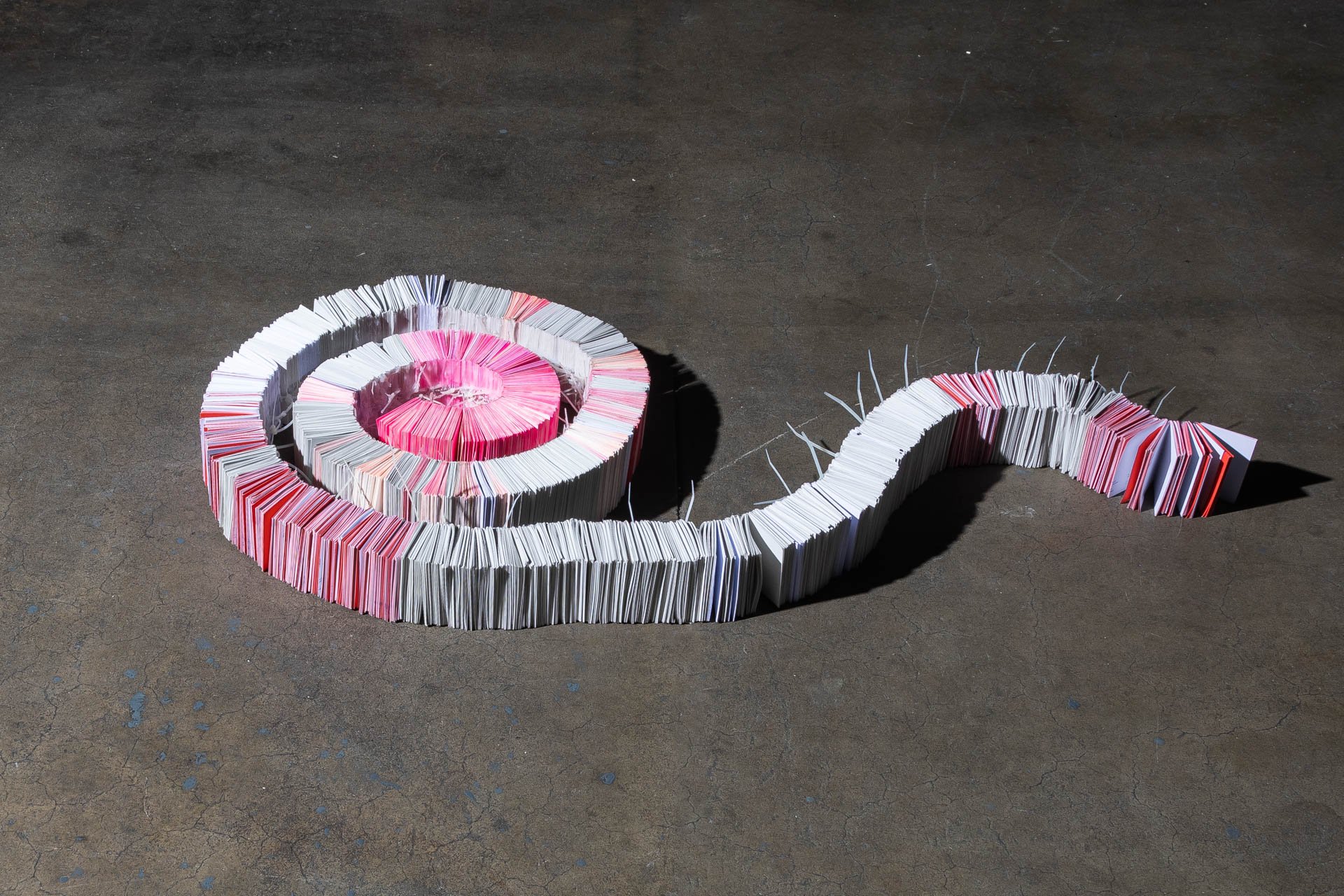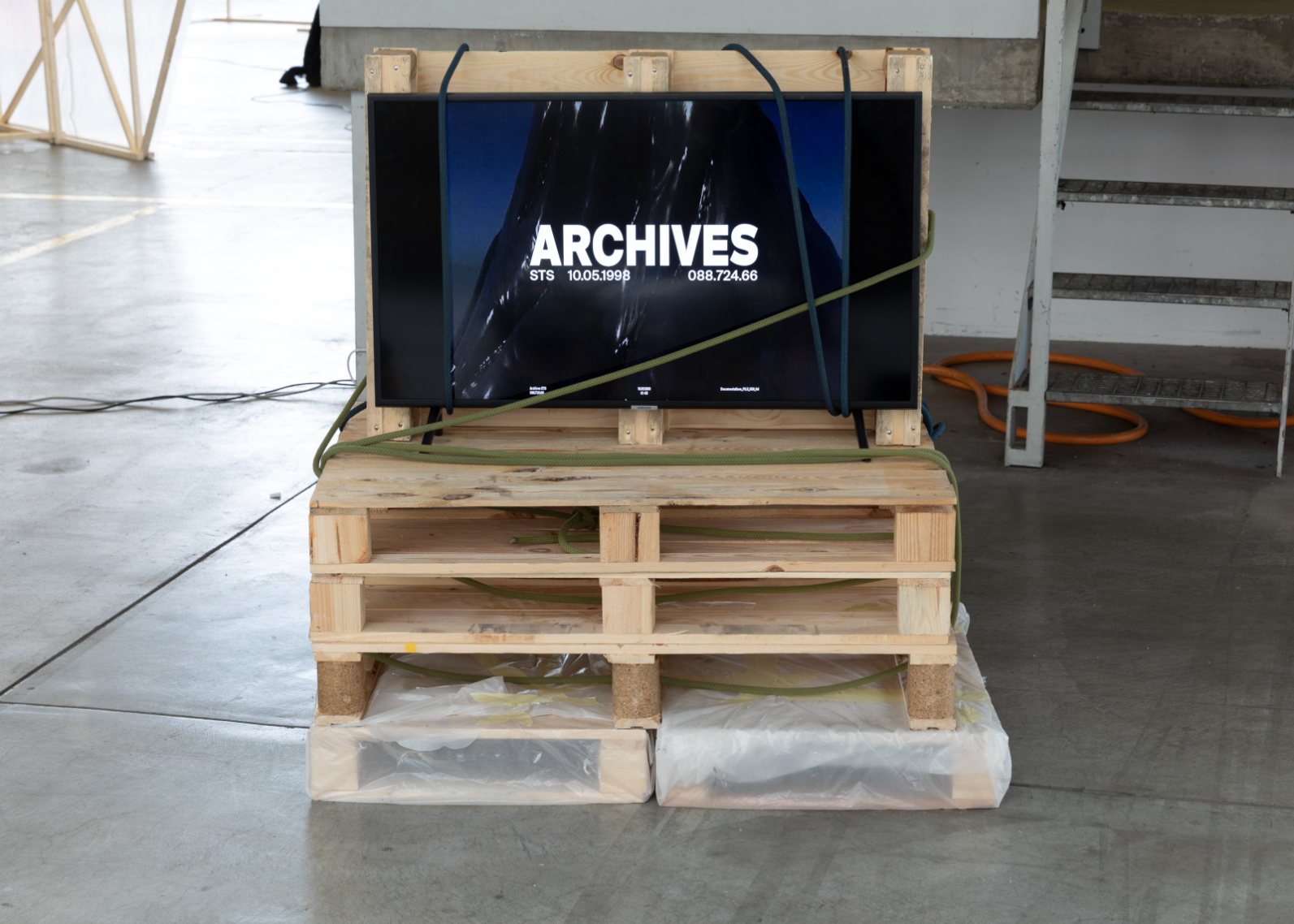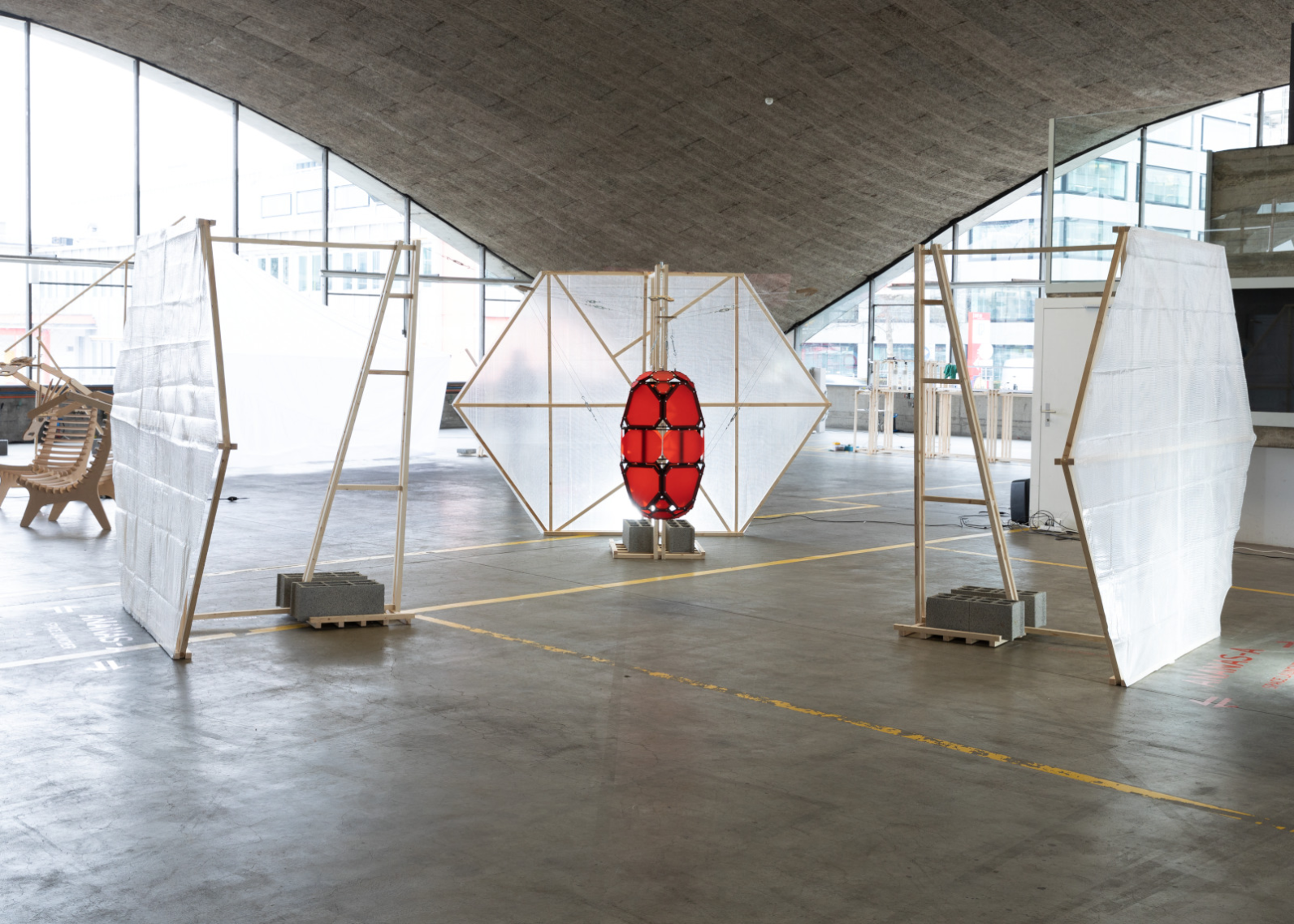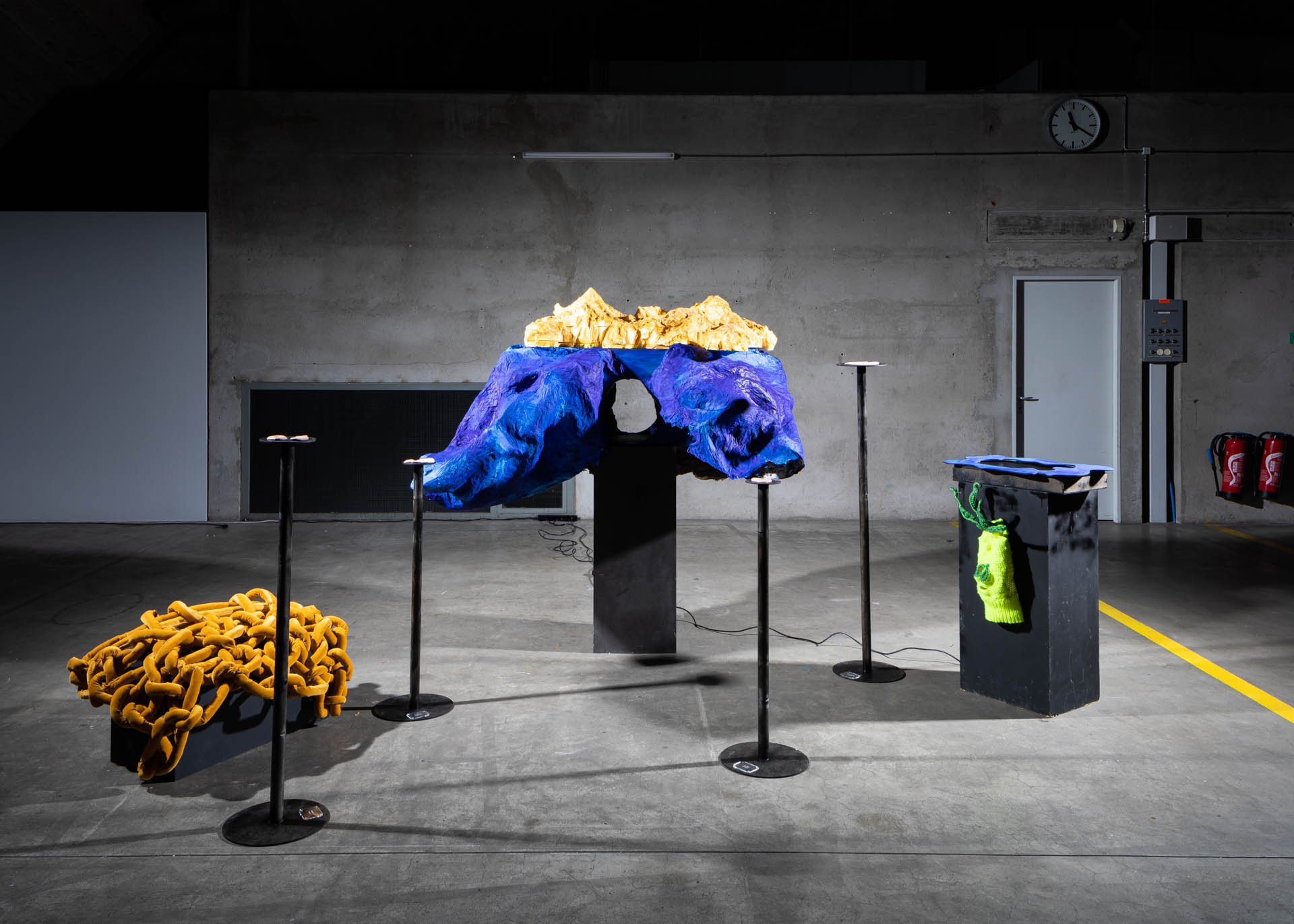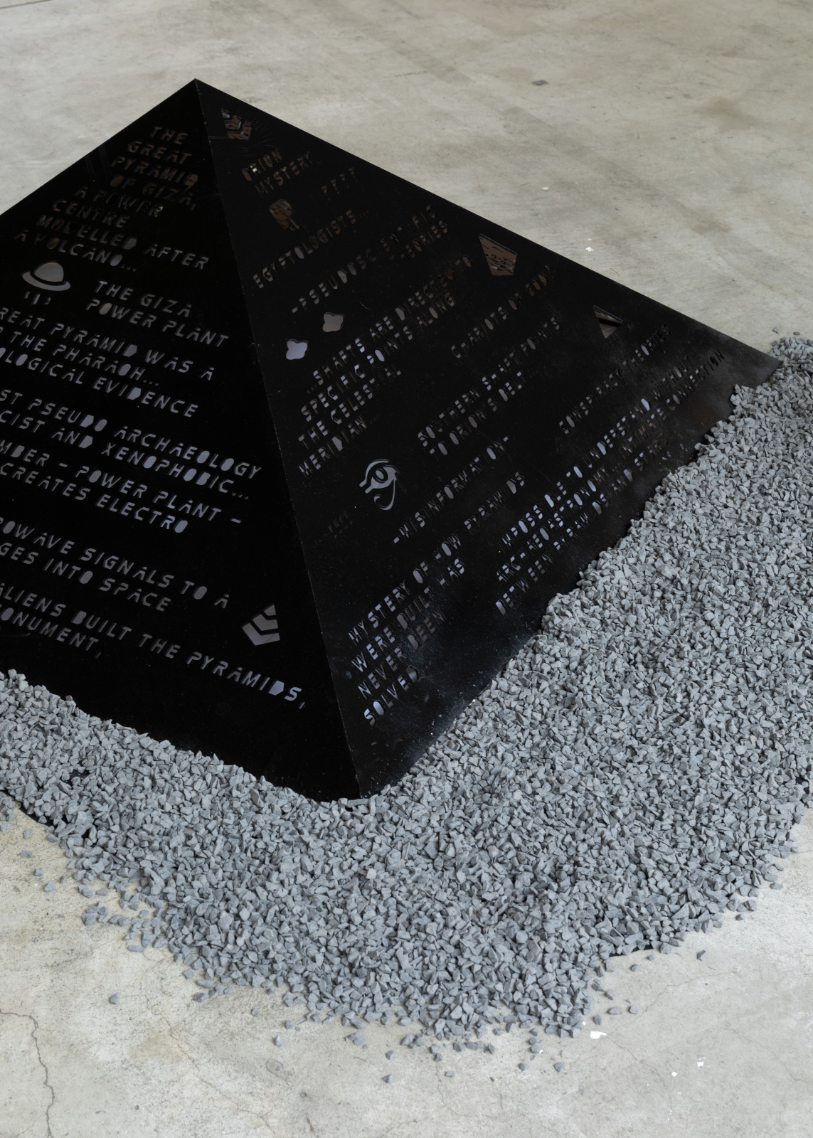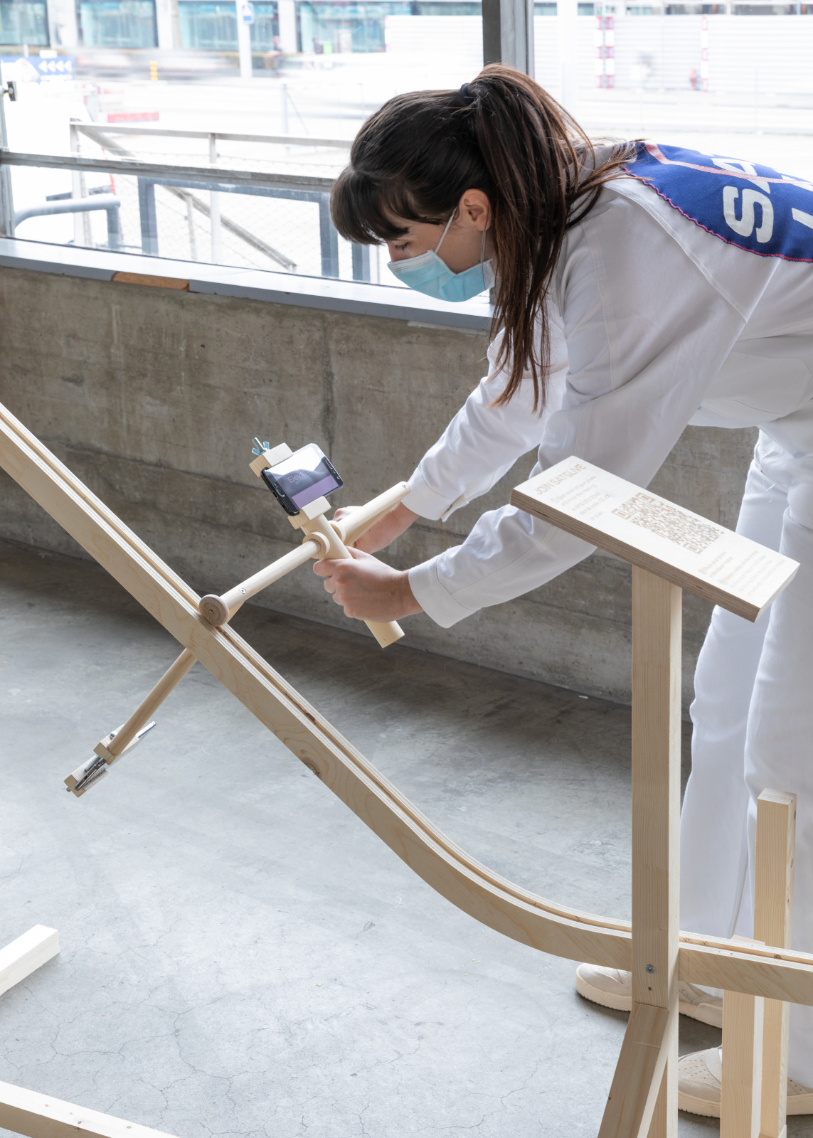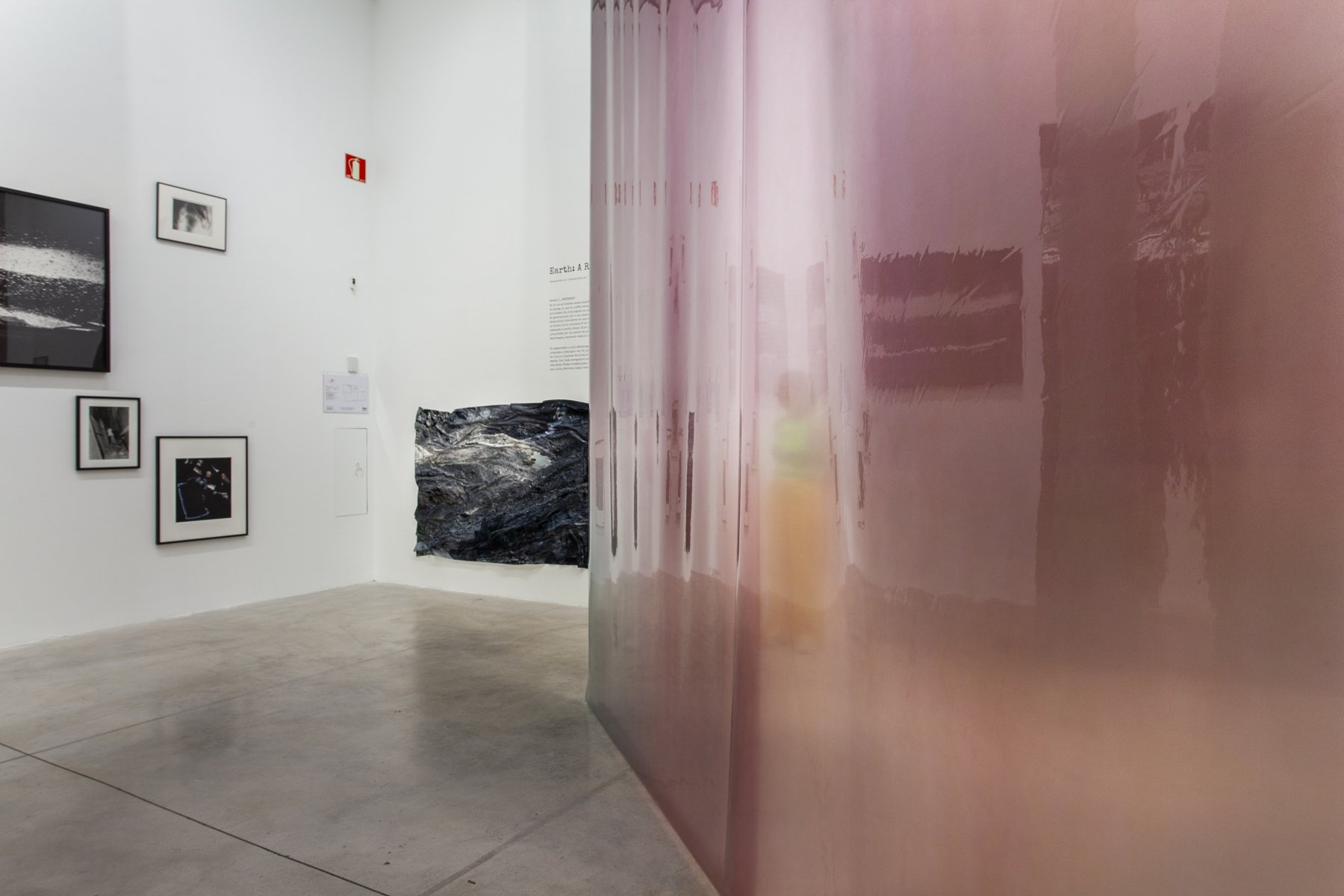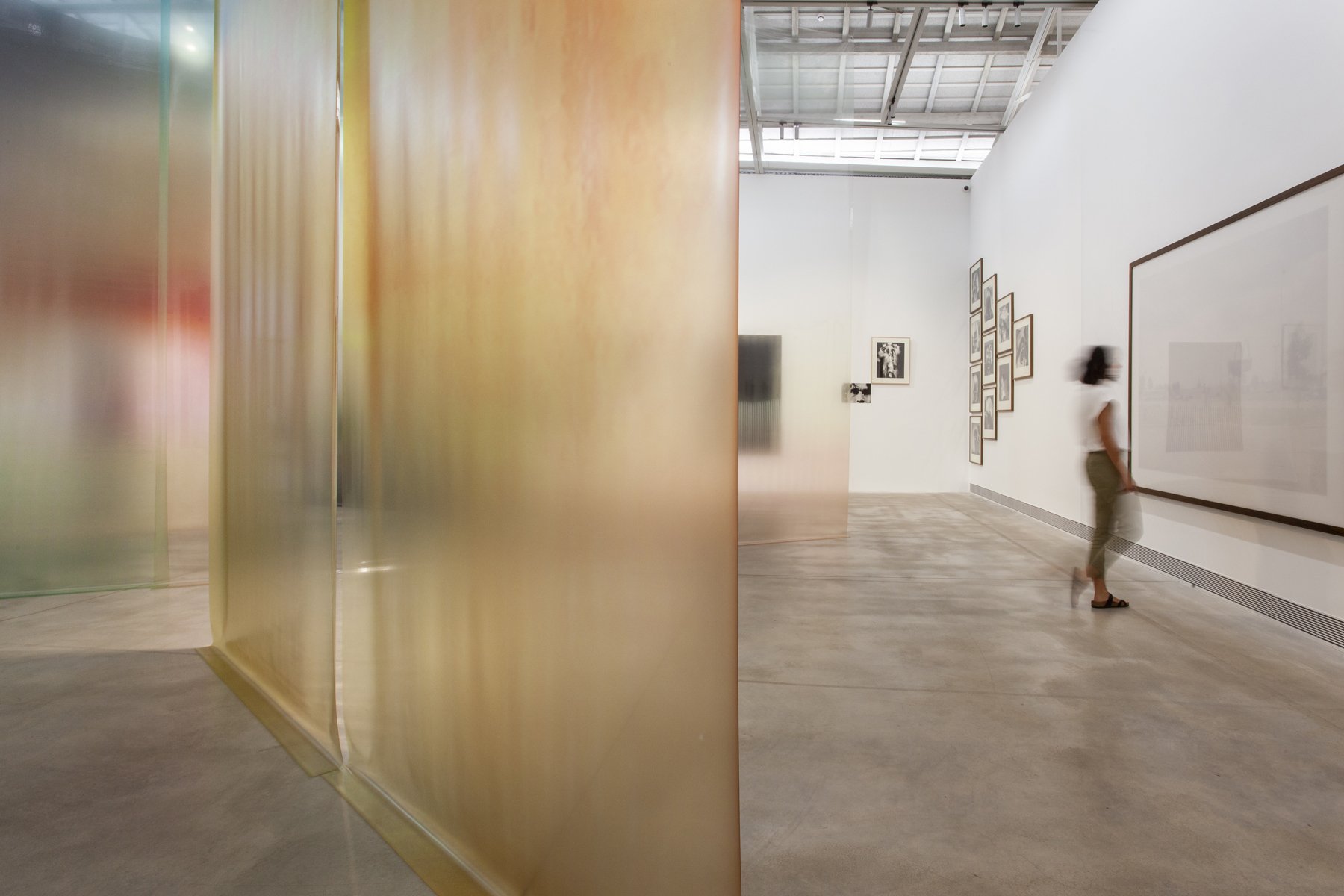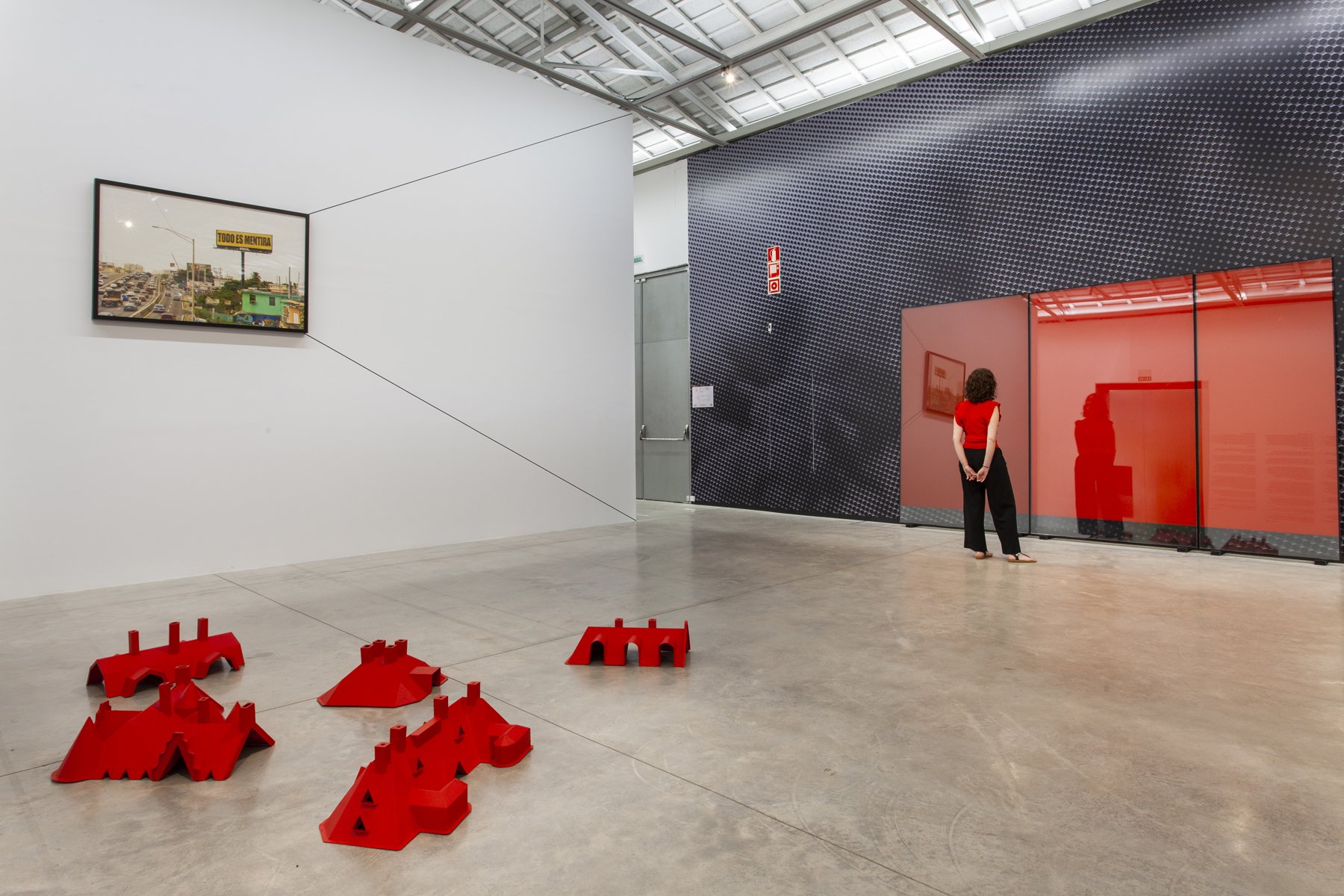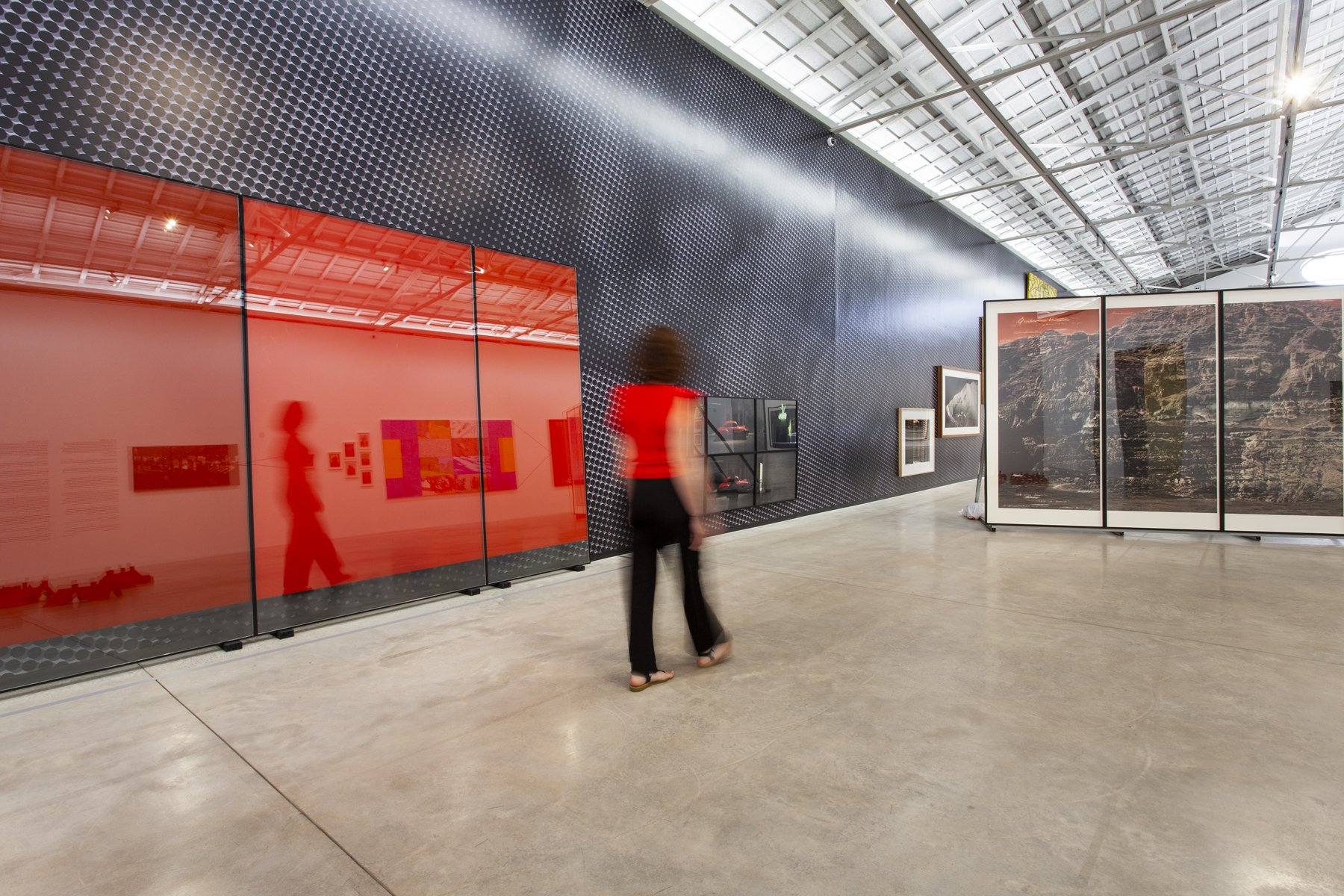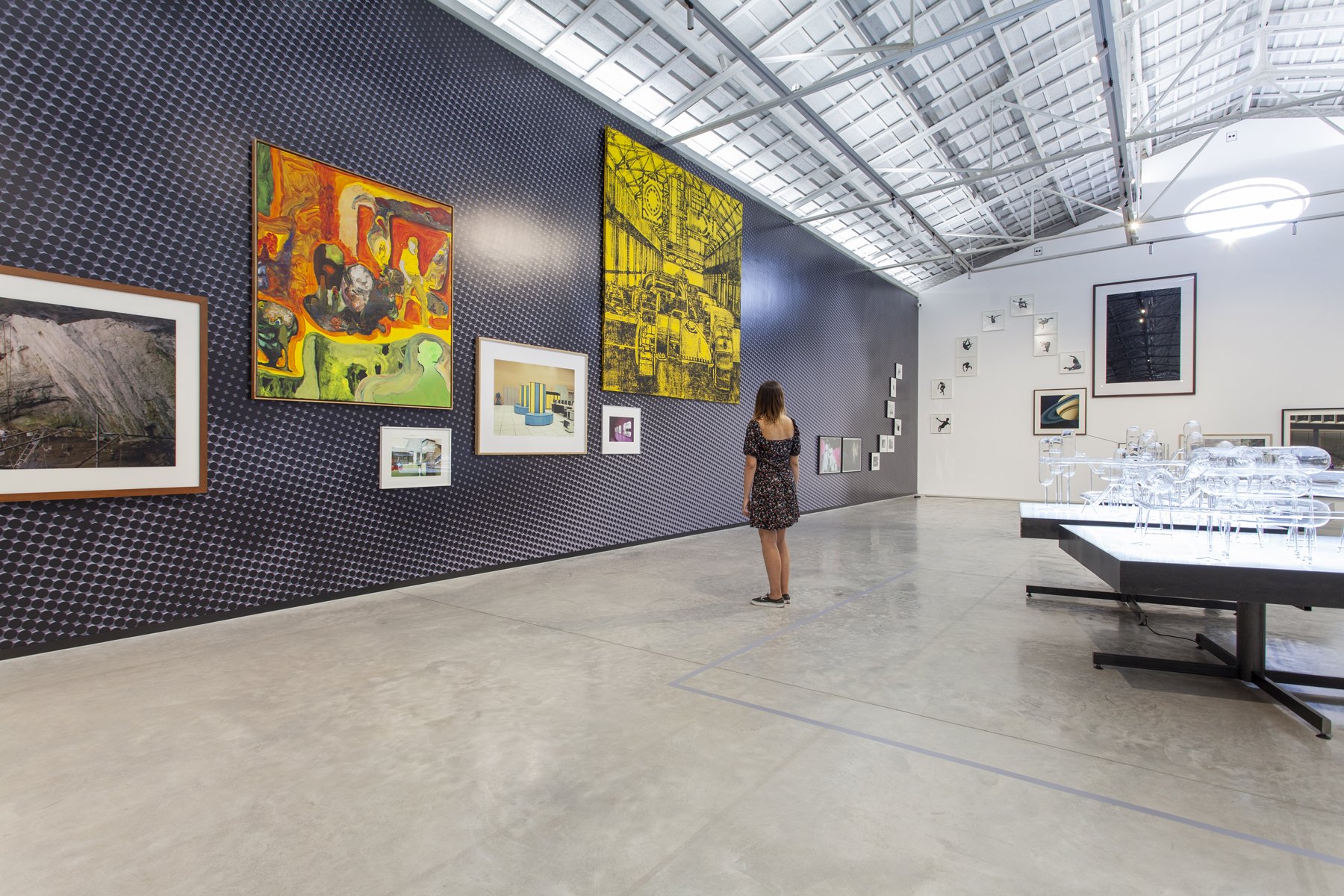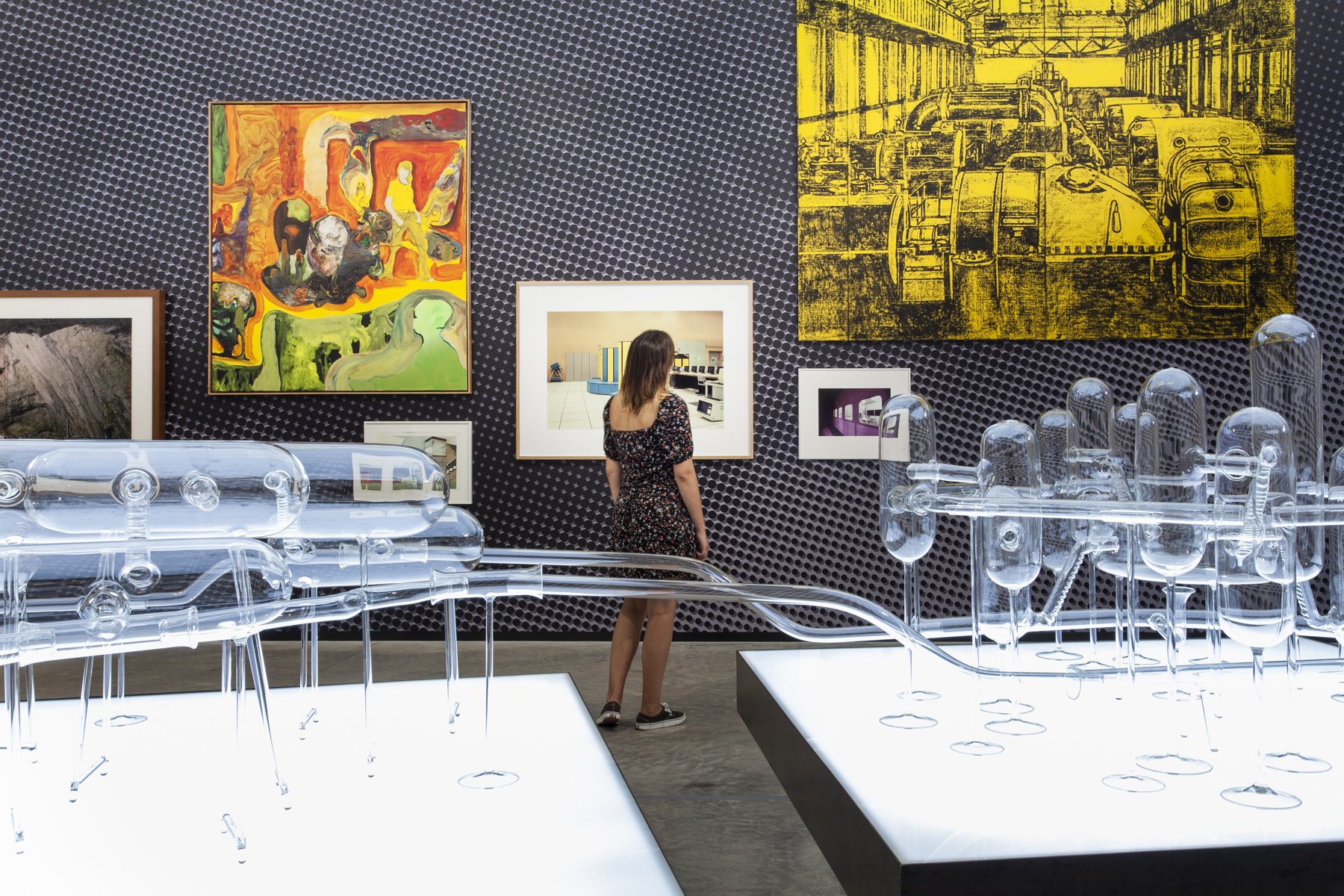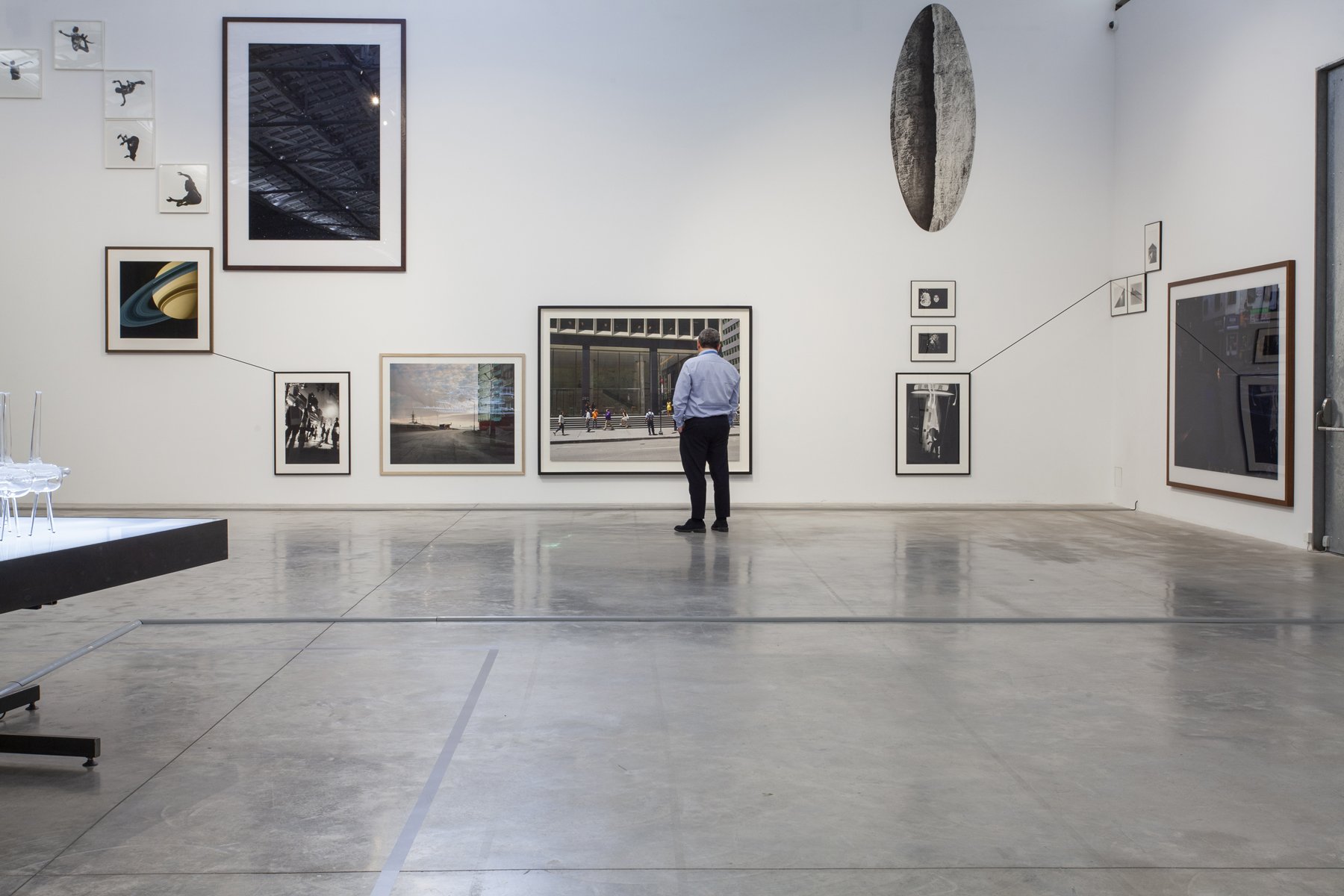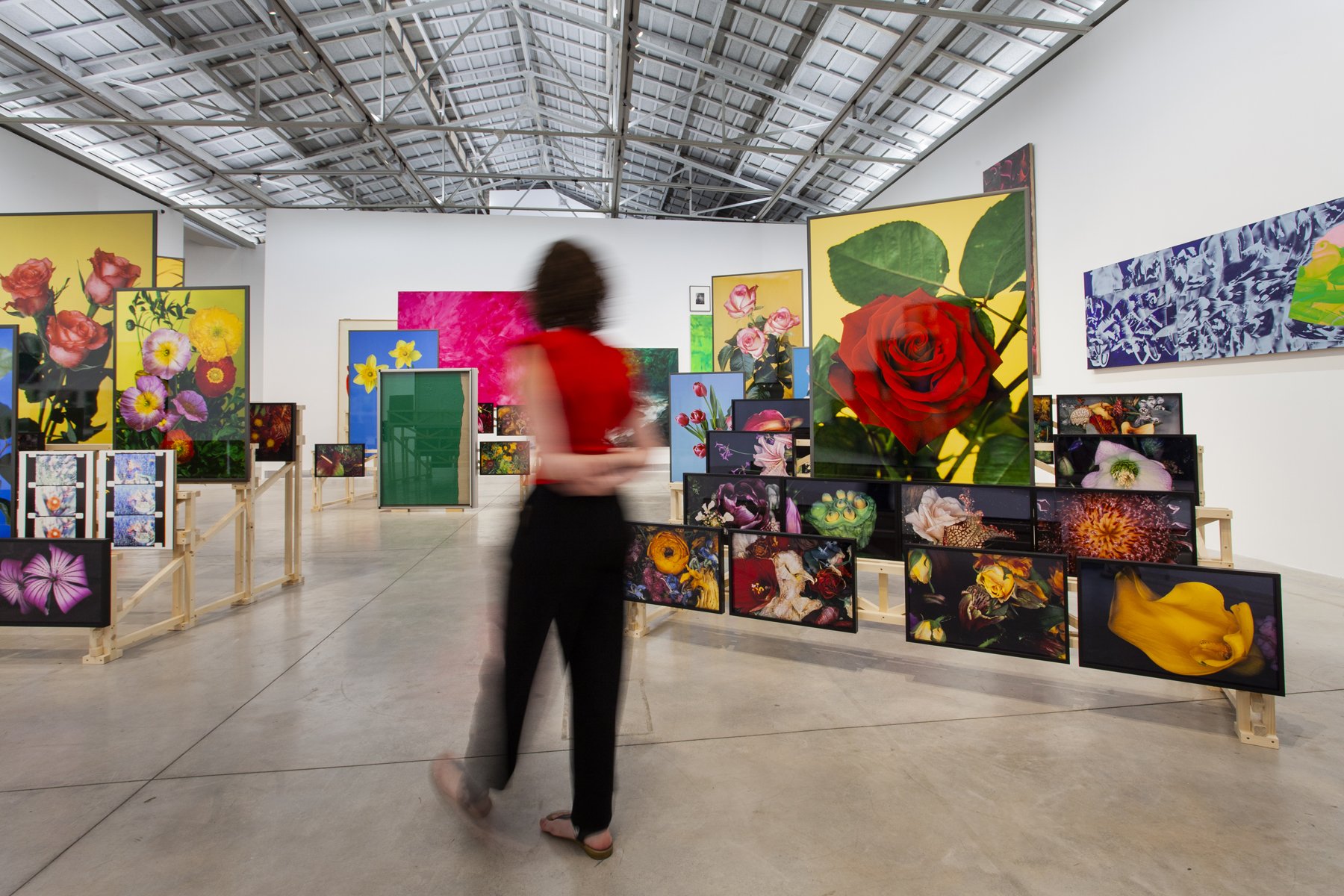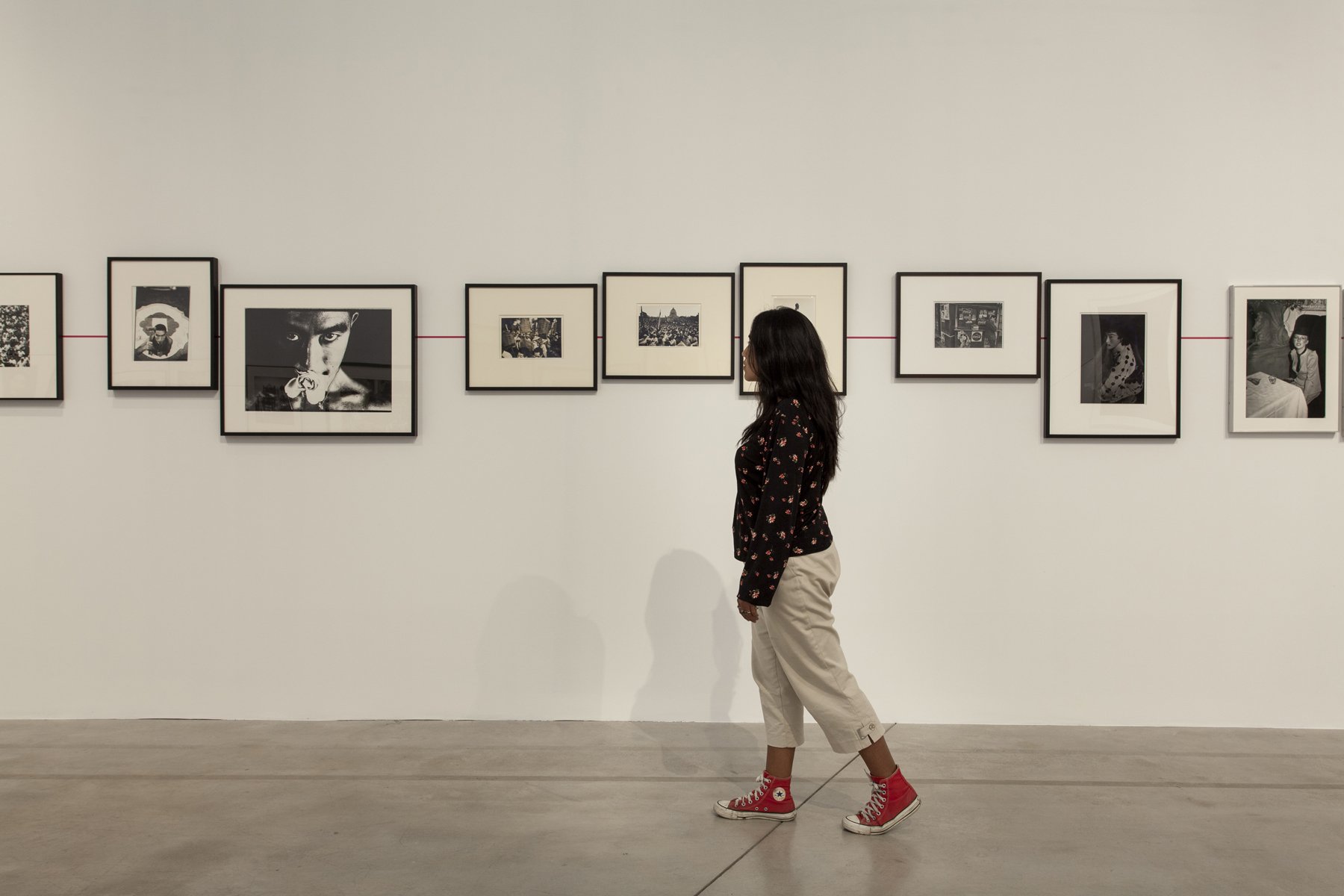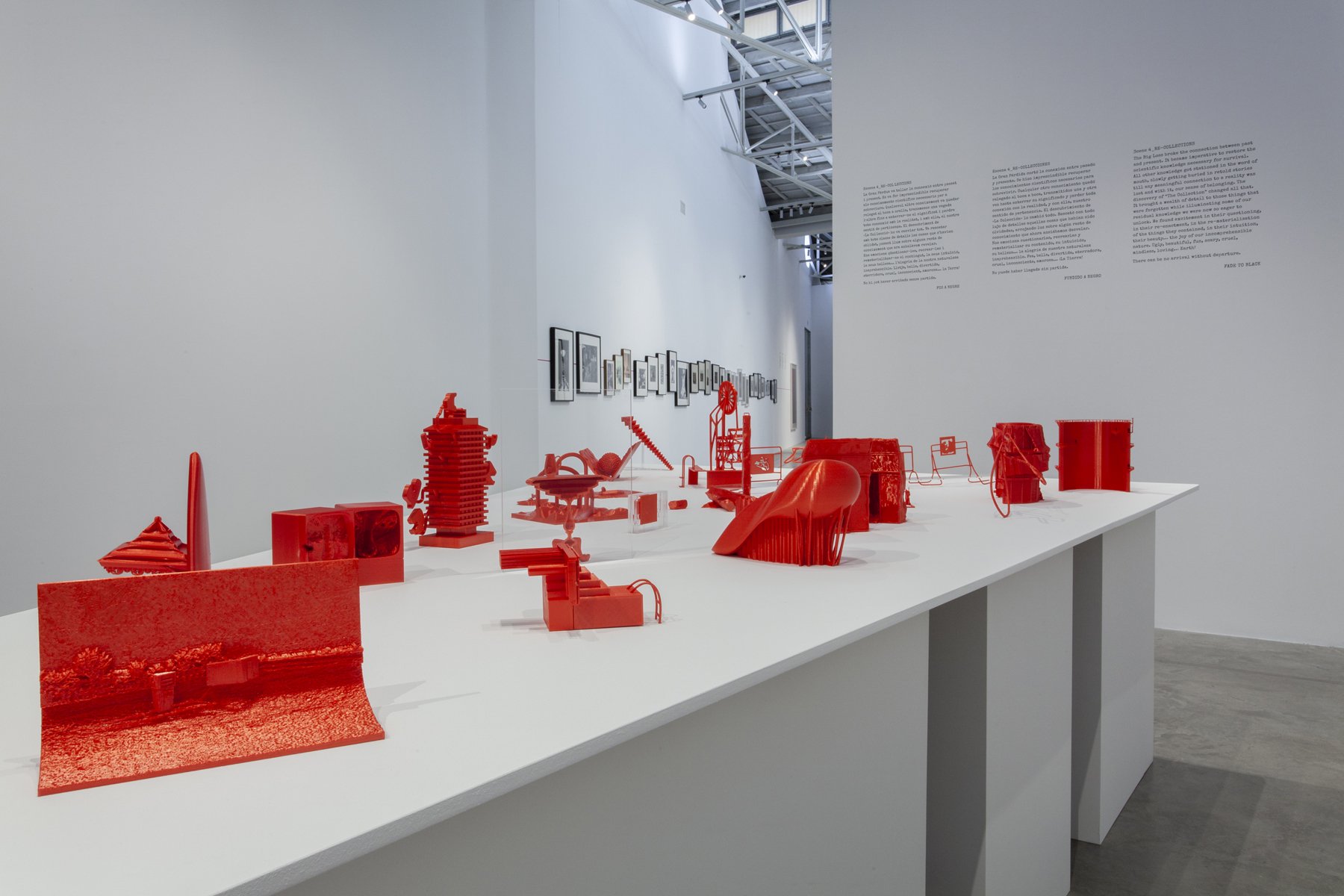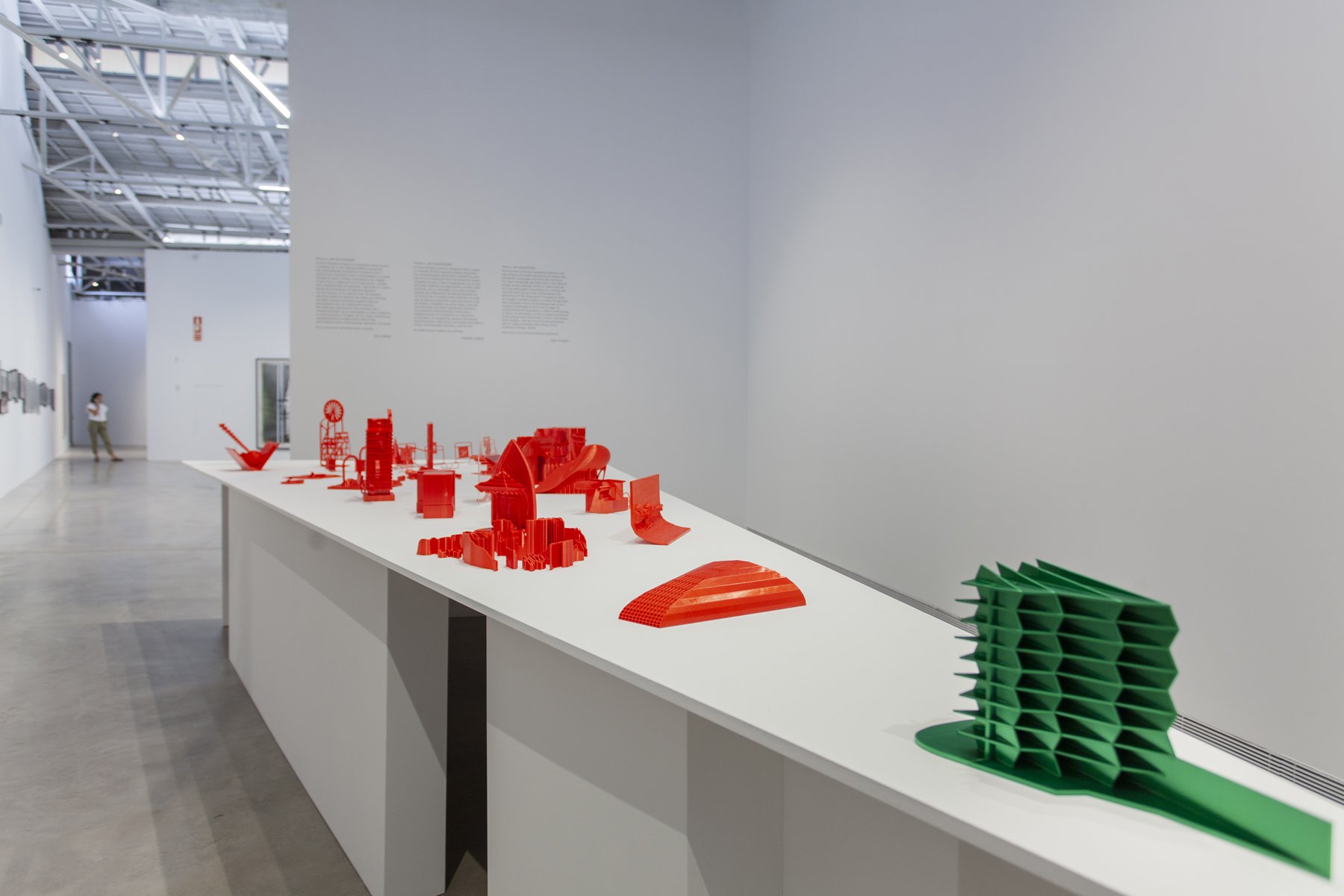2022
Team:
Rosario Hurtado, Arno Mathies, Alexandra Midal, Dominic Robson, Noam Toran, Margaux Janin, Emma Pflieger
Collaborators:
Monica Bello, Tanguy Benoit, Alexandre François Burdin, Jordi Canudas, Noemi Castella, Jérémie Cerman, Eléonore Challine, Romain Chappet, Matali Crasset, François Dumas, Dunne and Raby, Damien Duparc, Fatou Dravé, El Ultimo Grito, Rita Hajj, Stefanie Hessler, Tristan Kobler, Philomène Le Baron, Oscar Lhermitte, Aleksandra Lychagina, Malak Mebkhout, Metahaven, Jessica-Maria Nassif, Joseph Popper, Sébastien Quequet, Adriana Rodríguez and Gloria Rodríguez, Reem Saleh, Jenna Sutela, Syndicat, Daniel Tapia Takaki, Trojans Collective, Yarza Twins, Fatima Wegmann, Mathias Zieba, Z1 studio
M2 Student Team:
Kseniia Aleksandrova, Noemie Clerc, Ivan Jean Lorenzo Descombes, Joanne Joho, Nessim Kaufmann, Seongmin Kim, Hsuan Lee, Antoine Méthivier, Kenny Polyzois, Théo Remlinger, Hyojeong Song, Lou Tivollier, Ellen Van Erps, Seohyun Wi, Martin Zambaz.
M1 Student Team:
Pénélope Barraud, Tristan Bartolini, Camille Bellemas, Elisa Bonami, Ankita Das, Roberta Faust, Linda Forestieri, Vincent Grange, Aleyna Günay, Sonya Isupova, Giona Mazzucchelli, Claudia Ndebele, MaudeRenevier, Tanguy Troubat, Marileni Vourtsi
M2 THESIS
Director:
Alexandra Midal
Tutor Team:
Eléonore Challine, Jérémie Cerman, Joseph Popper and Sébastien Quéquet
Jury President:
Emmanuelle Cherel
M2 PRACTICE PROJECT
Project Directors:
Rosario Hurtado and Arno Mathies
Project Team:
Rita Hajj, Malak Mebkhout, Emma Pflieger, Dominic Robson, and Noam Toran
External Jury:
Big Time, Ernesto Oroza
Jury President:
Sarah Owens
Photography Credits:
Guillaume Collignon, Morgan Carlier, Raphaelle Mueller,
LOST ON ARRIVAL
Workshop with Trojans Collective
Space and Communication is made by its students, and can take a different form and expression each year. For this inaugural week, we propose that students produce and define their common identity, using their individual and collective skills.
How do we imagine working together? How to design a unique and organic space adapted to each student's production needs? A space shared and built by, and only by the students? A space that constantly evolves through exchange? Through unity and transversality, we will define the needs and imperatives of collective space and identity.
Brief:
Trojans Collective ( Helena Bosch Vidal, Jessica Maria Nassif, Jeanne Pasquet, Netillo Rojas)
Tutor Teams:
Arno Mathies
Assistants:
Margaux Janin
Emma Pflieger
M1 Student Team:
Pénélope Barraud, Tristan Bartolini, Camille Bellemas, Elisa Bonami, Ankita Das, Roberta Faust, Linda Forestieri, Vincent Grange, Aleyna Günay, Sonya Isupova, Giona Mazzucchelli, Claudia Ndebele, MaudeRenevier, Tanguy Troubat, Marileni Vourtsi
M2 Student Team:
Kseniia Aleksandrova, Noemie Clerc, Ivan Jean Lorenzo Descombes, Joanne Joho, Marilou Haber, Nessim Kaufmann, Seongmin Kim, Hsuan Lee, Antoine Méthivier, Kenny Polyzois, Théo Remlinger, Hyojeong Song, Lou Tivollier, Ellen Van Erps, Seohyun Wi, Martin Zambaz.
Photography:
Students
Sound WORKSHOP
With Arno Mathies and Dominic Robson
For this project, we are going to be working with sound in space. We want you to create a sound environment. This environment can be whatever you want it to be, a space, an object, an installation a piece of furniture. The sound can be acoustic or it can be recorded, edited, and montaged together.
You can act as an agent, operator or performer within your own space.
The important outcome of the project is that it explores the relationship of sound in space creating an environment which we can all experience.
Brief:
Jordi Canudas
Tutor Team:
Arno Mathies
Assistants:
Margaux Janin
Emma Pflieger
M1 Student Team:
Pénélope Barraud, Tristan Bartolini, Camille Bellemas, Elisa Bonami, Ankita Das, Roberta Faust, Linda Forestieri, Vincent Grange, Aleyna Günay, Sonya Isupova, Giona Mazzucchelli, Claudia Ndebele, MaudeRenevier, Tanguy Troubat, Marileni Vourtsi
Photography:
Students
LIGHT & MATTER
Workshop with Jordi Canudas
Jordi Canudas’s practice develops from a conceptual base onto prototyping and testing with a direct approach to materials. Working in a wide range of fields from product design, product development, art direction, interiors and one-off production.
Following his own studio’s methodology, this workshop consisted in creating an installation to explore the light as an object and its effect on the space.
Brief:
Jordi Canudas
Tutor Team:
Arno Mathies
Assistants:
Margaux Janin
Emma Pflieger
M1 Student Team:
Pénélope Barraud, Tristan Bartolini, Camille Bellemas, Elisa Bonami, Ankita Das, Roberta Faust, Linda Forestieri, Vincent Grange, Aleyna Günay, Sonya Isupova, Giona Mazzucchelli, Claudia Ndebele, MaudeRenevier, Tanguy Troubat, Marileni Vourtsi
Photography:
Students
WORKSHOP FILM
Workshop with Mathias Zieba
Durant cette semaine de "Workshop Film", il sera question pour chaque étudiant de penser, réaliser et monter une vidéo.
Pour cela, dès lundi, vous devez venir avec un outil ou un objet manufacturé qui vous plaît. Ce choix doit se faire de la manière suivante : une taille d’environ max. 30 cm. Pendant le workshop, vous allez mettre en images l'histoire de cet outil ou objet.
Vous devez venir avec une caméra. (smartphone / boitier photo qui filme...)
Une des étapes de ce workshop sera de construire le décor technique pour filmer le sujet.
Il est donc suggéré de réunir tout ce qui pourra être utile à cet exercice :
Ficelle, fil de pêche, pinces, trépieds, potences, etc.
Lumières (lampe torche, leds, lampe, ampoules etc.)
Petites lambourdes, visses, colles, double face.
Papier noir ou vert grand format, Carton etc.
Brief:
Mathias Zieba
Tutor Team:
Alexandre Burdin
Assistants:
Margaux Janin
Emma Pflieger
M1 Student Team:
Pénélope Barraud, Tristan Bartolini, Camille Bellemas, Elisa Bonami, Ankita Das, Roberta Faust, Linda Forestieri, Vincent Grange, Aleyna Günay, Sonya Isupova, Giona Mazzucchelli, Claudia Ndebele, MaudeRenevier, Tanguy Troubat, Marileni Vourtsi
Photography/Film:
Students
3D WORKSHOP
Workshop with Arno Mathies and Romain Chappet
Skills workshop on Rhino and how to print it with a 3D printer.
Students are asked to design a connector between two things.
They have to present their connector in a set-up that show’s how it’s working.
Brief:
Arno Mathies
Tutor Team:
Romain Chappet
Assistants:
Margaux Janin
Emma Pflieger
M1 Student Team:
Pénélope Barraud, Tristan Bartolini, Camille Bellemas, Elisa Bonami, Ankita Das, Roberta Faust, Linda Forestieri, Vincent Grange, Aleyna Günay, Sonya Isupova, Giona Mazzucchelli, Claudia Ndebele, MaudeRenevier, Tanguy Troubat, Marileni Vourtsi
Photography/Film:
Students
WORKSHOP INVERSE
with Z1 Studio
During this workshop, the students will explore the theme of «inverse» through the creation of an audiovisual installation.
The exploration will introduce different concepts of complementarity, inversion, and opposition, to define new cosy or anxiogenic spaces.
The installations created by the students will leverage their skills in using different audiovisual technics such as sound, lights and video projection mapping.
Brief:
Z1 Studio
Assistants:
Margaux Janin
Emma Pflieger
M1 Student Team:
Pénélope Barraud, Tristan Bartolini, Camille Bellemas, Elisa Bonami, Aleyna Günay, Giona Mazzucchelli, Claudia Ndebele, MaudeRenevier, Tanguy Troubat, Marileni Vourtsi
M2 Student Team:
Kseniia Aleksandrova, Hsuan Lee, Antoine Methivier, Kenny Polyzois, Théo Remlinger, Hyojeong Song, Lou Tivollier, Ellen Van Erps, Seohyun Wi, Martin Zambaz
External Students:
Lison Christe, Raphaella Haefliger, Amelia Gallay
Photography/Film:
Students
CHEW YOUR THESIS
With Rita Hajj and Jessica-Maria Nassif
The purpose of this workshop is to guide students into discovering how performance can be used not only as a medium or a tool in their design interventions but also how could it engages and interact with its surroundings and/or public.
At this stage in the master’s curriculum, the transition between theory and practice is being articulated. Therefore, we have decided to link this workshop allowing the students to extract their critical written thoughts (thesis) into a live act/ action or situation or interaction, or participatory event. It could be live or recorded, spontaneous or scripted, with or without a public. It could be with or without actors. It could be public or private, embodied or delegated, recited, noisy or silent, time-based or timeless, staged or stateless… It can leave no trace.
Performance has evolved over the years to take multiple definitions and aesthetics in different contexts becoming much more institutionalized. Therefore, along with the students, this workshop aims to open up to these possibilities and guide each student depending on each design practice.
Brief:
Rita Hajj and Jessica-Maria Nassif
Tutor Team:
Arno Mathies
Assistants:
Margaux Janin
Emma Pflieger
M2 Student Team:
Kseniia Aleksandrova, Noemie Clerc, Ivan Jean Lorenzo Descombes, Joanne Joho, Marilou Haber, Nessim Kaufmann, Seongmin Kim, Hsuan Lee, Antoine Méthivier, Kenny Polyzois, Théo Remlinger, Hyojeong Song, Lou Tivollier, Ellen Van Erps, Seohyun Wi, Martin Zambaz.
Photography:
Students
FIRST ENCOUNTER
With Noam Toran
The brief aims to expose the participants to various methods, forms of expression, and production techniques associated with alternative speculative fiction, as a means of expanding their imaginative potential and drawing them into a complex and nuanced conversation about colonialism’s defining of the other and the consequential, sustained, assault such a definition has wrought on beings, on bodies, on places, on consciousness and on imagination.
Brief:
Noam Toran
Tutor Team:
Fatou Dravé
Arno Mathies
Reem Saleh
Fatima Wegmann
Assistants:
Margaux Janin
Emma Pflieger
M1 Student Team:
Pénélope Barraud, Tristan Bartolini, Camille Bellemas, Elisa Bonami, Ankita Das, Roberta Faust, Linda Forestieri, Vincent Grange, Aleyna Günay, Sonya Isupova, Giona Mazzucchelli, Claudia Ndebele, MaudeRenevier, Tanguy Troubat, Marileni Vourtsi
Photography/Film:
Students
PATTERN
With Metahaven
The central concern, or point, of what we will be doing during this course is looking into the relationship between art and physics. We should emphasize beforehand that (1) such a question is large (too large perhaps) and (2) that, being artists, we come at it from the side of art. Why would the relationship between art and physics matter at all if both can exist separately, and lead separate lives so to speak, without the need to bother one another? There are two reasons at least to be concerned about art and physics today. One is that philosophers and scientists have wondered about the physical substrate of feelings, sensations and impressions that we summarize as our conscious experience. By “physical substrate,” we mean the underlying physical process of conscious experience, and crucially, whether or not the “emergence” of consciousness in bodies involves something that exceeds physics. This question of the physical substrate matters to art because art’s impressions, and the feelings it instigates, are part of conscious experience. There is, inevitably, also debate about how much of our existence involves conscious behaviour and if consciousness is, to an extent, overrated, having long been seen as the exclusive province of human cognition.
Brief:
Metahaven
Tutor Team:
Arno Mathies
Assistants:
Margaux Janin
Emma Pflieger
M1 Student Team:
Pénélope Barraud, Tristan Bartolini, Camille Bellemas, Elisa Bonami, Ankita Das, Roberta Faust, Linda Forestieri, Vincent Grange, Aleyna Günay, Sonya Isupova, Giona Mazzucchelli, Claudia Ndebele, MaudeRenevier, Tanguy Troubat, Marileni Vourtsi
Photography/Film:
Students
PHYSICAL EDITING
with El Ultimo Grito and Arno Mathies
Design is an in-betweener materially and conceptually connecting two distinct points in time and space.
Person (mouth)_pea
A person uses their hand to pick up a pea and eat it.
A person uses a ‘tool’_chopsticks, fork, spoon, mother, machine…
A person wants to eat peas every day_cultivates_
freezes_transports_distributes_sells/buys_cooks_uses tool
The choices of how to get from A to B (mouth to a pea) on every single occasion that a decision needed to be made, slowly contributed to the building of the contextual and ideological framework of the possibility that has to be continuously put into question and resolved.
Design as a narrative connection between two points in space and time evokes a “road trip” movie. Those two points are almost irrelevant, they just provide a context… our characters set themselves for whatever aleatory reason to go from A to B, the story is never about the achievement of the goal, but how that goal is achieved, it is not about the arriving but the travelling, in which way is that connection materialised… to the point that the ‘less functional’ the travel, the more interesting reality becomes…
Brief:
El Ultimo Grito
Tutor Team:
Arno Mathies
Joseph Popper
Tanguy Benoit
Assistants:
Margaux Janin
Emma Pflieger
M2 Student Team:
Kseniia Aleksandrova, Noemie Clerc, Ivan Jean Lorenzo Descombes, Joanne Joho, Marilou Haber, Nessim Kaufmann, Seongmin Kim, Hsuan Lee, Antoine Méthivier, Kenny Polyzois, Théo Remlinger, Hyojeong Song, Lou Tivollier, Ellen Van Erps, Seohyun Wi, Martin Zambaz.
Photography:
Students
MASTER’S BED
with Alexandra Midal and Malak Mebkhout
En 2018, suite à un sondage réalisé par le Wall Street Journal indiquant qu’à New York 80% des jeunes professionnels travaillent régulièrement depuis leur lit, le Pavillon Américain de la Biennale de Venise d’architecture donne des séries de conférences depuis un lit… sans le penser en tant qu’objet. En 2022, le Master Espace & Communication revisite le lit pour concevoir un espace hybride, collectif et multifonctionnel de bureau et de repos, d’échange et de visionnage pour y présenter ses archives et projets à l’occasion des portes ouvertes.
Brief:
Malak Mebkhout et Alexandra Midal
Tutor Team:
Arno Mathies
Assistants:
Margaux Janin
M1 Student Team:
Pénélope Barraud, Tristan Bartolini, Camille Bellemas, Elisa Bonami, Ankita Das, Roberta Faust, Linda Forestieri, Vincent Grange, Aleyna Günay, Sonya Isupova, Giona Mazzucchelli, Claudia Ndebele, MaudeRenevier, Tanguy Troubat, Marileni Vourtsi
Photography/Film:
Students
ENCOUNTER IN ART, DESIGN AND SCIENCE: FUNDAMENTAL
with Metahaven, Daniel Tapia Takaki, Dunne and Rabby, Jenna Sutela, Mónica Bello and Stefanie Hessler
in collaboration with Arts at CERN and Kunsthall Trondheim
In their pursuit of fundamental questions, art and science largely use different methods, means, and objectives. The focus of this symposium lies on the overlap between the almost ungraspable fundamental processes in physics, and the experimental sites and machines designed and created to render these tangible—and, in essence, offer a shimmering zone of physical proof for their existence.
The philosopher Wilfrid Sellars once proposed a conceptual separation between our impressions of everyday reality—which he called the “manifest image”—and the underlying fundamental process of that reality—which he called the “scientific image.” Regardless of whether we agree with Sellars (or with any dualism, including mind-body, conscious-unconscious, etc.), it is possible to conceive of bringing the two together: there are instances when scientific images do become manifest ones. For example, when, ten years ago in 2012, the existence of the Higgs boson was confirmed by groundbreaking experiments at CERN in Geneva, the subatomic particle in question did not show up as a picture, but as a statistic incident: a slight bump in a graph. The Large Hadron Collider, the largest particle accelerator ever built, was designed to obtain this as part of a broad research programme to advance our understanding of the universe we live in. Indeed, ever-more elusive fundamentals need ever-more ambitious machines and structures: in 2019, the Event Horizon Telescope—a global network of synchronized radio observatories—rendered the first composite image of a black hole. Similar to Higgs’s discovery, such an achievement, in equal parts science and art, bridges two ideas of the observable world and brings them together.
In 2020, Arts at CERN and HEAD—Genève, with Metahaven, co-organized the symposium Re: View from Nowhere, bringing together physicists, theorists, artists, and curators. Fundamental is its successor, jointly organized with Kunsthall Trondheim.
16:00—16:15 Welcome, Summary of Previous Symposium, and Introduction — Mónica Bello
16:15—16:40 Metahaven
16:40—17:05 Daniel Tapia Takaki
17:05—17:30 Dunne & Raby
17:30—17:55 Jenna Sutela
17:55—18:10 Remarks and intro to Q&A — Stefanie Hessler
18:10—18:40 Q&A moderated by Stefanie Hessler
Daniel Tapia Takaki is a high-energy nuclear physicist and associate professor of physics at the University of Kansas. He obtained a PhD in Physics from the University of Birmingham, UK and has been a CNRS/IN2P3 researcher at the University of Paris-Sud, France. He has worked for the ALICE and CMS collaborations at CERN’s Larger Hadron Collider, studying strong gluon fluctuations in the proton and lead nuclei to understand Quantum Chromodynamics and to determine the initial state of ultra-relativistic protons and ions at high energies. For his research funded by the Department of Energy, he has utilized the strong electromagnetic fields produced in multi-peripheral collisions instead of ordinary hadronic collisions. More recently, he has studied applications of quantum mechanics in collider physics, including quantum tomography, to measure quantum entanglement and other quantum mechanical effects.
He has worked with artists in collaboration with the Arts at the CERN program and the Spencer Museum of Art. He is currently collaborating on an Interdisciplinary project with artist Janet Biggs. He also engages in conversations with artists in residence at CERN, more recently with artist Erich Berger.
He is also leading the coordination of the Inter-American Network of Networks of QCD challenges, a new initiative funded by the National Science Foundation to accelerate the process of scientific discoveries in the physics of strong interactions.
-
Anthony Dunne is a partner in the design studio Dunne & Raby. Dunne & Raby use design as a medium to stimulate discussion and debate amongst designers, industry and the public about the social, cultural and ethical implications of existing and emerging technologies. He is also a University Professor of Design and Social Inquiry and co-director of the Designed Realities Research Studio at Parsons/The New School in New York. Between 2005-2015 he was a professor and head of the Design Interactions programme at the Royal College of Art in London. He is the author of Hertzian Tales (1999, 2005) and co-author with Fiona Raby, of Design Noir (2001, 2021) and Speculative Everything (2013). Dunne & Raby’s work has been exhibited at MoMA in New York, the Pompidou Centre in Paris, and the Design Museum in London and is in several permanent collections including MoMA, the Victoria and Albert Museum, and the Austrian Museum of Applied Arts (MAK). Anthony was awarded the Sir Misha Black Award for Innovation in Design Education in 2009 and was made a Royal Designer for Industry by the Royal Society of Arts in 2021. Dunne & Raby received the inaugural MIT Media Lab Award in 2015.
-
Jenna Sutela works with words, sounds, and other living media, such as Bacillus subtilis nattō bacteria and the “many-headed” slime mould Physarum polycephalum. Her audiovisual pieces, sculptures, and performances seek to identify and react to precarious social and material moments, often in relation to technology. Sutela’s work has been presented at museums and art contexts internationally, including Guggenheim Bilbao, Moderna Museet, Serpentine Galleries, and, most recently, Shanghai Biennale and Liverpool Biennial. She was a Visiting Artist at The MIT Center for Art, Science & Technology (CAST) in 2019-21.
The work of the Amsterdam-based artist collective Metahaven consists of filmmaking, writing, and design. Films by Metahaven include Chaos Theory (2021), Hometown (2018), Eurasia (Questions on Happiness) (2018), and Information Skies (2016), nominated for the European Film Awards 2017. Metahaven has participated in group exhibitions at Artists Space, New York, the Museum of Modern Art Warsaw, the Gwangju Biennale, Gwangju, the Busan Biennale, Busan, the Sharjah Biennial, Sharjah, and M HKA, Antwerp, among others, and solo exhibitions at MoMA PS1, New York, Yerba Buena Center for the Arts, San Francisco, Izolyatsia, Kyiv, ICA London, e-flux, New York, and State of Concept Athens, among others. Their work is in collections of the Sharjah Art Foundation, the National Gallery of Victoria, and the Stedelijk Museum Amsterdam, among others. Recent books include Digital Tarkovsky (2018), and PSYOP: An Anthology (2018), edited by Karen Archey.
-
Mónica Bello is a Spanish curator and art historian. Her curatorial work focuses on the crossovers between disciplines, emergent cultural phenomena, and the role of science and technology in the conception of reality and nature. Since 2015 she holds the position of curator and head of Arts at CERN at the European Organization for Nuclear Research in Geneva. At CERN she leads and designs the art programmes consisting of three branches; the artistic residencies, the art commissions and the exhibitions. In 2018 she was guest curator of the prestigious Audemars Piguet Art Commission, presented at Art Basel. Prior to her arrival in Switzerland, she held the position of Artistic Director of VIDA (2010-2015) at Fundación Telefónica, Madrid, a pioneering award that fostered cross-cultural expressions around the notion of life. She initiated (2007-2010) the department of Education at Laboral Centro de Arte, Gijón (Spain). She curated exhibitions, events and publications internationally supporting creators and researchers from different fields and backgrounds. Bello is a regular speaker at conferences and participates in selection committees, advisory boards and mentorship programs. She is the curator of the Icelandic Pavilion in support of the artist Sigurður Guðjónsson for the next Venice Biennale.
-
Stefanie Hessler is a curator, writer, and editor. Her work focuses on ecologies and technology from intersectional feminist and queer perspectives. She is the director of Kunsthall Trondheim in Norway since 2019 where she recently co-organized the exhibition “Sex Ecologies” based on transdisciplinary research and newly commissioned works, and edited the accompanying compendium on queer ecologies, sexuality, and care in more-than-human worlds (The MIT Press, 2021). In 2022, she is curating Metahaven’s solo exhibition at Kunsthall Trondheim. In 2021 Hessler was the chief curator of the 17th MOMENTA Biennale titled “Sensing Nature” in Montreal, Canada. Between 2020–22 Hessler is a visiting research scholar at the Centre for Research and Education in Arts and Media at Westminster University in London, UK. She is the author of Prospecting Ocean (The MIT Press, 2019), and has edited books like Frida Orupabo (2021, Sternberg Press); Jenna Sutela (Kunsthall Trondheim, Serpentine Galleries, and Koenig Books); Tidalectics: Imagining an Oceanic Worldview through Art and Science (TBA21–Academy and The MIT Press, 2018); and Life Itself (Koenig Books and Moderna Museet, 2016).
TIME TOGETHER
with Stefan Kaegi from Rimini Protokoll
Students had to create a moment together with the medium of sound.
They had to choose one place outside and create a moment that would change the perception of this place to the spectators.
Brief:
Stefan Kaegi
Team:
Arno Mathies
Assistant:
Margaux Janin
Transversal Student:
Roberta Faust, Prune Gaillard, Ophélie Couelle, Bertille Gervez, Zoé Molnar, Lina Marie, Alexandra Miskufova, Claudie desnoyer, Paul Mégroz
Sound:
Students
LA DIMENSION DESCONOCIDA / Imagining the third dimension_A dialogue between speculation and reality
With El Ultimo Grito and Arno Mathies
The connection between the past and the present is broken, the only thing left is a series of photographs from which to reimage, workout, and reconstruct a past. Positioned between a detective and a dreamer’s world, we need to discern what is contained within the images by reconstructing those objects and contexts never experienced before.
If the ways in which we make sense of the world are based on our personal experience and memory… How do we work out any context, any behaviour, any object when we are not familiar with what is depicted?
Working from photographs of the Per Amor A L’Art Collection participants take a role between that of a detective and a dreamer to produce materialisations, interpretations and translations of what is depicted in the images. This section opens with a collection of 3D printed objects produced by the students of the master Space and Communication at HEAD—Genève.
During this workshop, an archive of 28 objects was 3D printed. These objects are exhibited in Room 6 under the title RE-COLLECTIONS as part of the exhibition “Earth, a Retrospective”, curated by El Ultimo Grito with Fundació Per Amor a l’Art Comunidad de la Comunidad Valenciana for the World Capital of Design Valencia 2022.
The exhibition is held in Bombas Gens from 07.07.2022 to 04.06.2023. Due to the success of the exhibition, the closing date has now been extended a further 6 months till the end of 2023.
Brief:
El Ultimo Grito
Tutor Team:
Arno Mathies
Roberto Feo
Rosario Hurtado
Romain Chappet
Antoine Foegle
Assistants:
Margaux Janin
M1 Student Team:
Pénélope Barraud, Tristan Bartolini, Camille Bellemas, Elisa Bonami, Ankita Das, Roberta Faust, Linda Forestieri, Vincent Grange, Aleyna Günay, Sonya Isupova, Giona Mazzucchelli, Claudia Ndebele, MaudeRenevier, Tanguy Troubat, Marileni Vourtsi, Hyojeong Song
Photography:
Bombas Gens
Film:
Excerpt from the video-catalogue Earth: A Retrospective. Directed by Rosario Hurtado, Roberto Feo and Stuart Bannocks.
SOUND IN SPACE
With Dominic Robson, Laurent Novac et Jessica Maria Nassif
For this project, we are going to be working with sound in space. We want you to create a sound environment. This environment can be whatever you want it to be, a space, an object, an installation a piece of furniture. The sound can be acoustic or it can be recorded, edited, and montaged together.
You can act as an agent, operator or performer within your own space.
The important outcome of the project is that it explores the relationship of sound in space creating an environment which we can all experience.
For the final presentation, all projects should be set up to be experienced in the Y1 studios.
Brief:
Dominic Robson
Team:
Arno Mathies
Laurent Novac
Jessica Maria Nassif
Assistant:
Margaux Janin
M1 students + Media Design students:
Pénélope Barraud, Tristan Bartolini, Camille Bellemas, Elisa Bonami, Ankita Das, Roberta Faust, Linda Forestieri, Vincent Grange, Aleyna Günay, Sonya Isupova, Giona Mazzucchelli, Maude Renevier, Tanguy Troubat, Marileni Vourtsi, Pauline Baldinetti, Ilhana Besic, Benjamin Boulesteix, Audrey Délisse, Dorota Grajewska, Arthur Groebli, Jomaa Raghid, Salomé Kahn, Hugo Langlade, Maxime Magnin, Emma Parente, Melina Reymondin, Andreia Rodrigue, Théotime Serre, Enola Viry, Clément Vogelsperger
Sound:
Students
KINEMA
With Tristan Kobler et Arno Mathies
With the occasion of the inauguration of the new building, the MA Space and Communication will present a space that is representative of the work produced in the master:
MA Space and Communication is an experimental graduate design program that through enquiry-driven practices, explores the collisions and intersections of objects, film, performance, media and space as interfaces for communication and experience.
In Kinema 2022 the space, a cluster of 8 interconnected kinematic installations, will be the interface for the interpretation, communication and experience of a selection of films produced by our students over the years that highlight the projects that have come to define the master.
Each of the 7 kinematic installations performs a different format thus demonstrating how the design of the space, the screen, sound, etc, mediates the experience of a film. Each installation expresses the character of its content.
Brief:
Arno Mathies
Tristan Kobler
Team:
Rosario Hurtado
Arno Mathies
Assistants:
Margaux Janin
M1 Students:
Pénélope Barraud, Tristan Bartolini, Camille Bellemas, Elisa Bonami, Ankita Das, Roberta Faust, Linda Forestieri, Vincent Grange, Aleyna Günay, Sonya Isupova, Giona Mazzucchelli, Maude Renevier, Tanguy Troubat, Marileni Vourtsi
Photo:
Student
GOÛTER LE PAYSAGE
avec Matali Crasset
Workshop « goûter le paysage».
Cette année, notre territoire d'accueil pour le workshop est le Massif central et plus particulièrement la ville de Clermont Ferrand.
Clermont Ferrand et son territoire préparent sa candidature pour devenir Capital européenne de la culture en 2028.
Grand comme l'Autriche ou le Portugal, le Massif central s'étend sur 85.000 KM2 et est le plus vaste massif montagneux français. Il est composé d'une mosaïque de paysages, qui constitue un formidable patrimoine naturel et culturel.
Le concept qui se dessine pour le projet Clermont Ferrand 2028 s'articule autour d'une alternative territoriale, celle d'un développement à échelle humaine, d'un village métropolitain au mode de vie doux et convivial, où les pôles urbains sont fortement imbriqués à leur environnement naturel.
Avec quatre axes qui servent de colonne vertébrale pour la recherche de projets:
Une métropole de la proximité et du bien vivre,
Une identité naturelle forte entre eau et volcan1
Un dialogue incarné entre l'urbain et le rural,
Un héritage ouvrier revendiqué pour une mue industrielle innovante et durable.
Brief:
Matali Crasset
Team:
Patrice Chazotte
Eric Roux
Arno Mathies
Assistantes:
Margaux Janin
M1 students:
Pénélope Barraud, Tristan Bartolini, Camille Bellemas, Elisa Bonami, Ankita Das, Roberta Faust, Linda Forestieri, Vincent Grange, Aleyna Günay, Sonya Isupova, Giona Mazzucchelli, Maude Renevier, Tanguy Troubat, Marileni Vourtsi
Photos:
Students
DIPLOMA
The work of our students constantly shapes and redefines the MA Space & Communication. Final-year projects let students explore who they are and who they can be. Developing your design practice is just the start. The ultimate goal is to generate new contexts for the industries of the future.
Team:
Rosario Hurtado, Arno Mathies, Dominic Robson, Noam Toran, Emma Pflieger, Malak Mebkhout, Rita Hajj
Assistante:
Margaux Janin
M2 students:
Kseniia Aleksandrova, Noemie Clerc, Ivan Jean Lorenzo Descombes, Joanne Joho, Marilou Haber, Nessim Kaufmann, Seongmin Kim, Hsuan Lee, Antoine Méthivier, Kenny Polyzois, Théo Remlinger, Lou Tivollier, Ellen Van Erps, Seohyun Wi, Martin Zambaz.
Photos:
Morgan Carlier, Guillaume Collignon Alicia Dubuis, Roman Lusser
